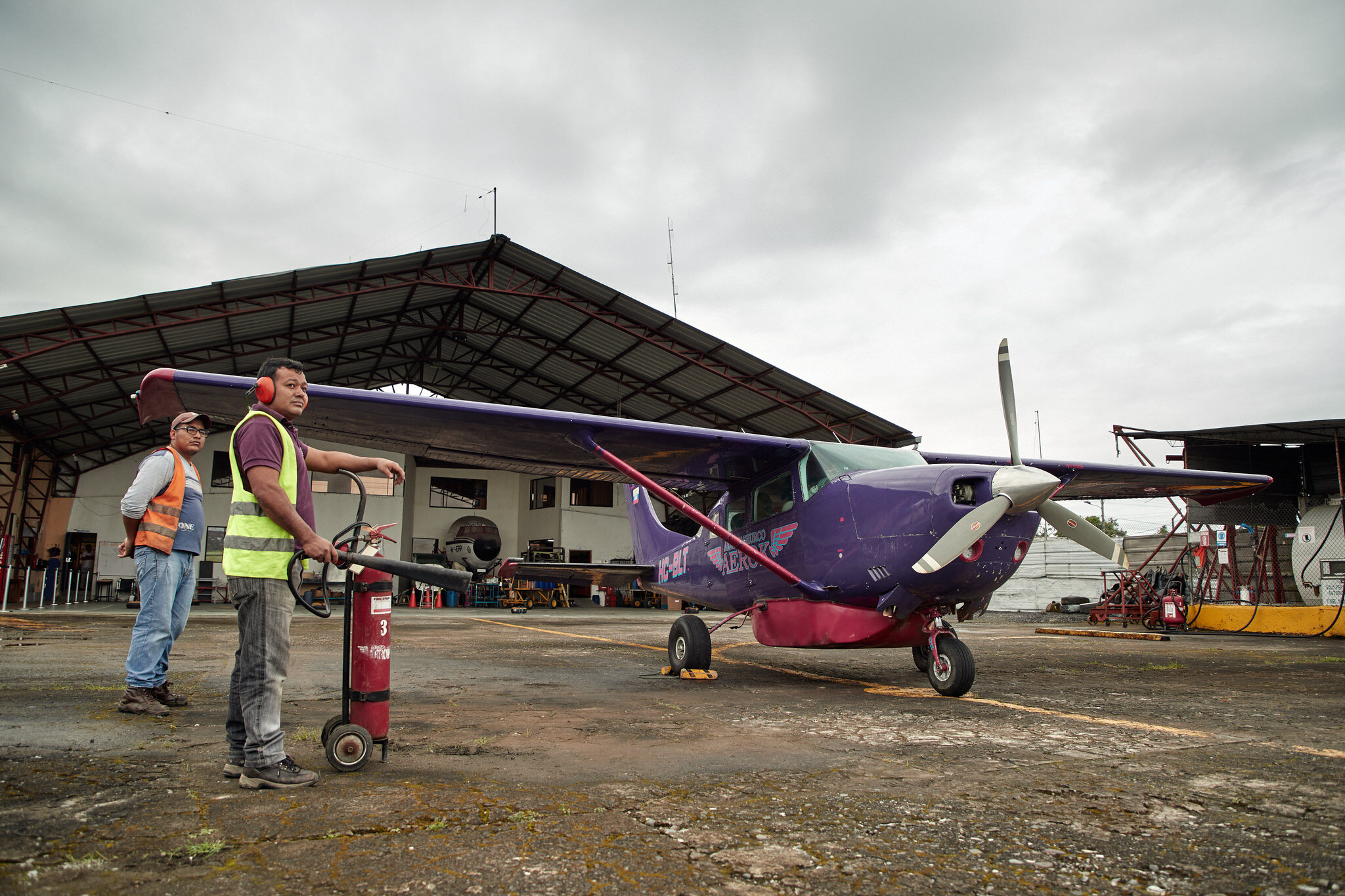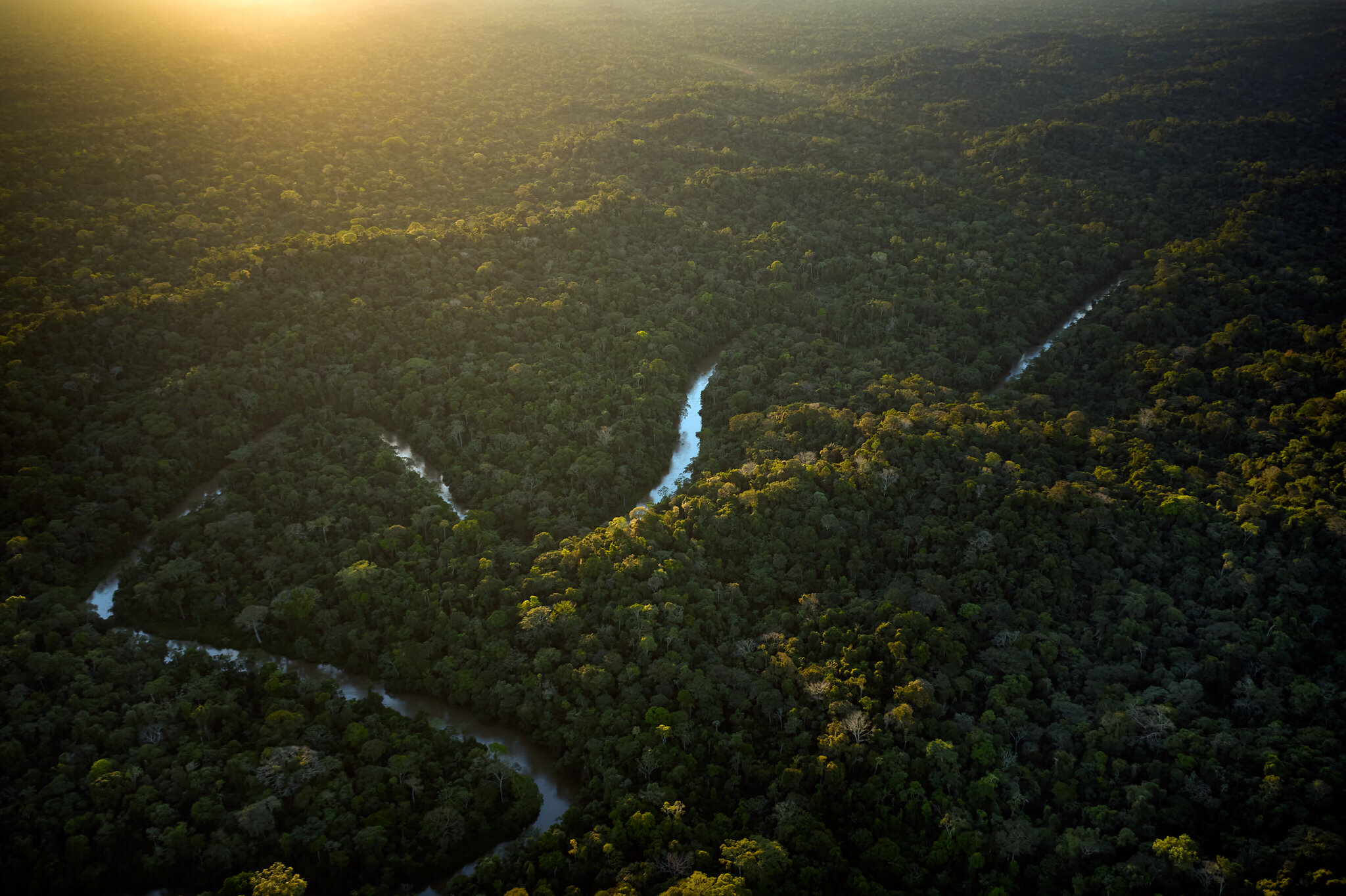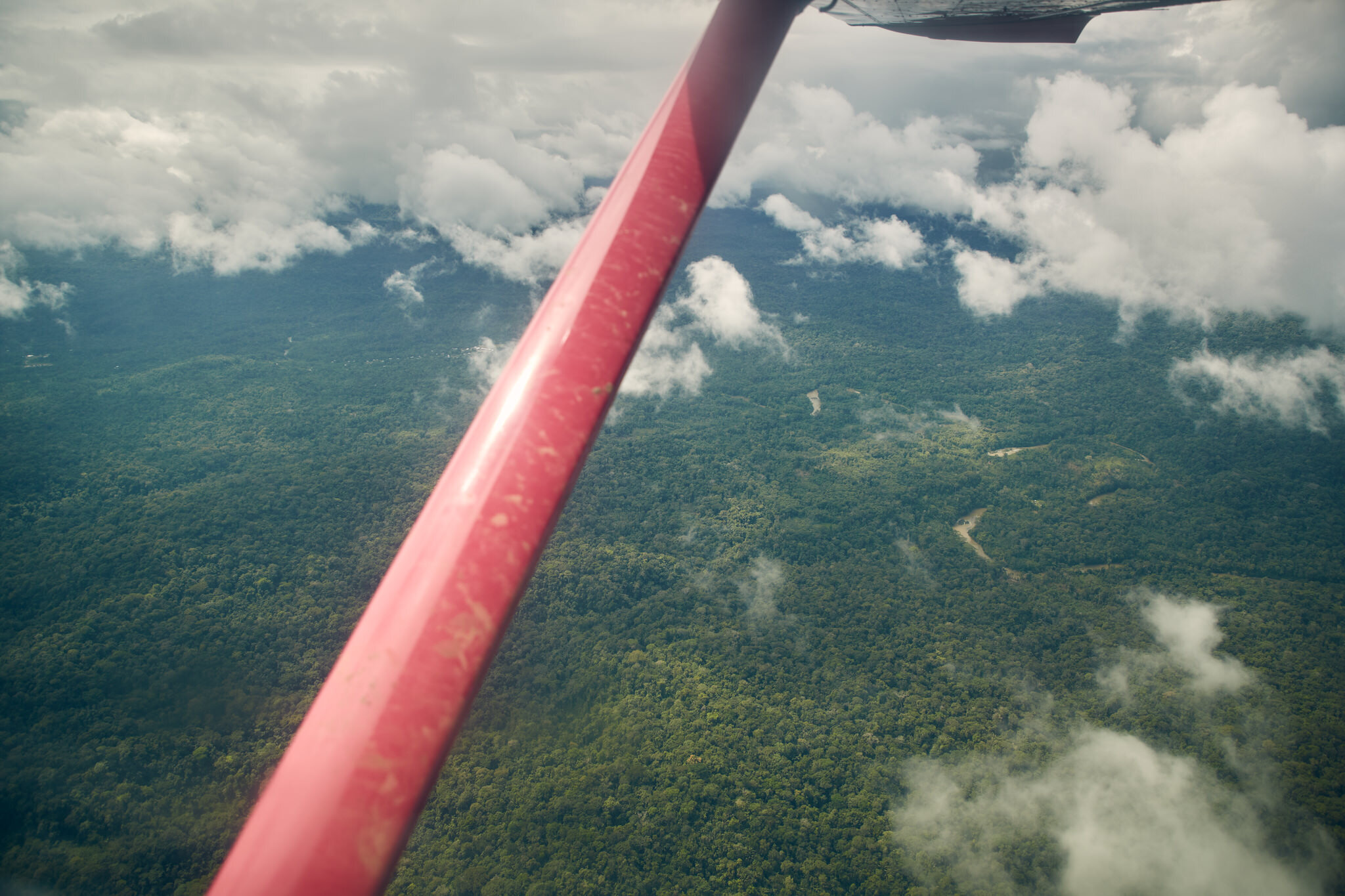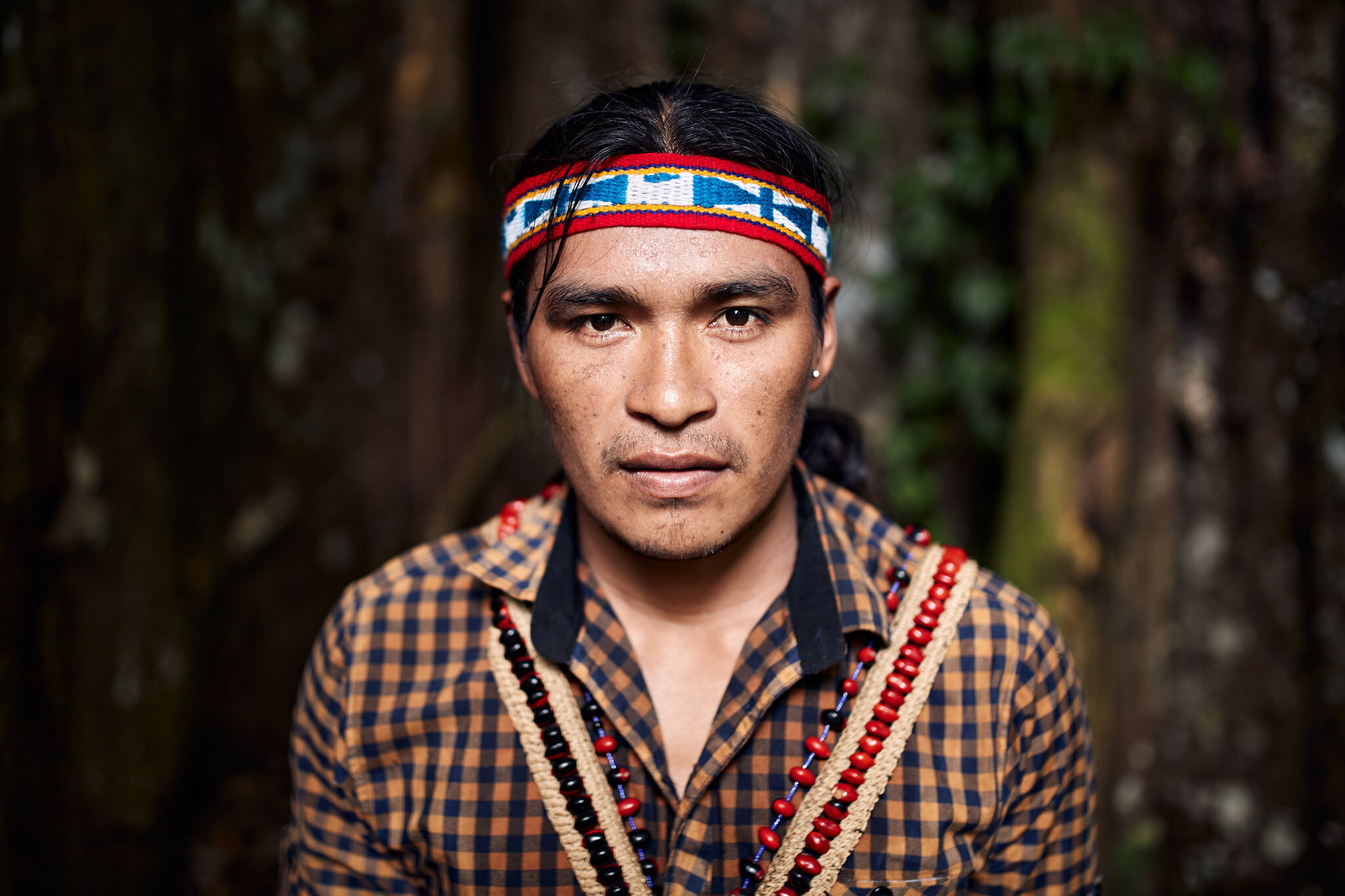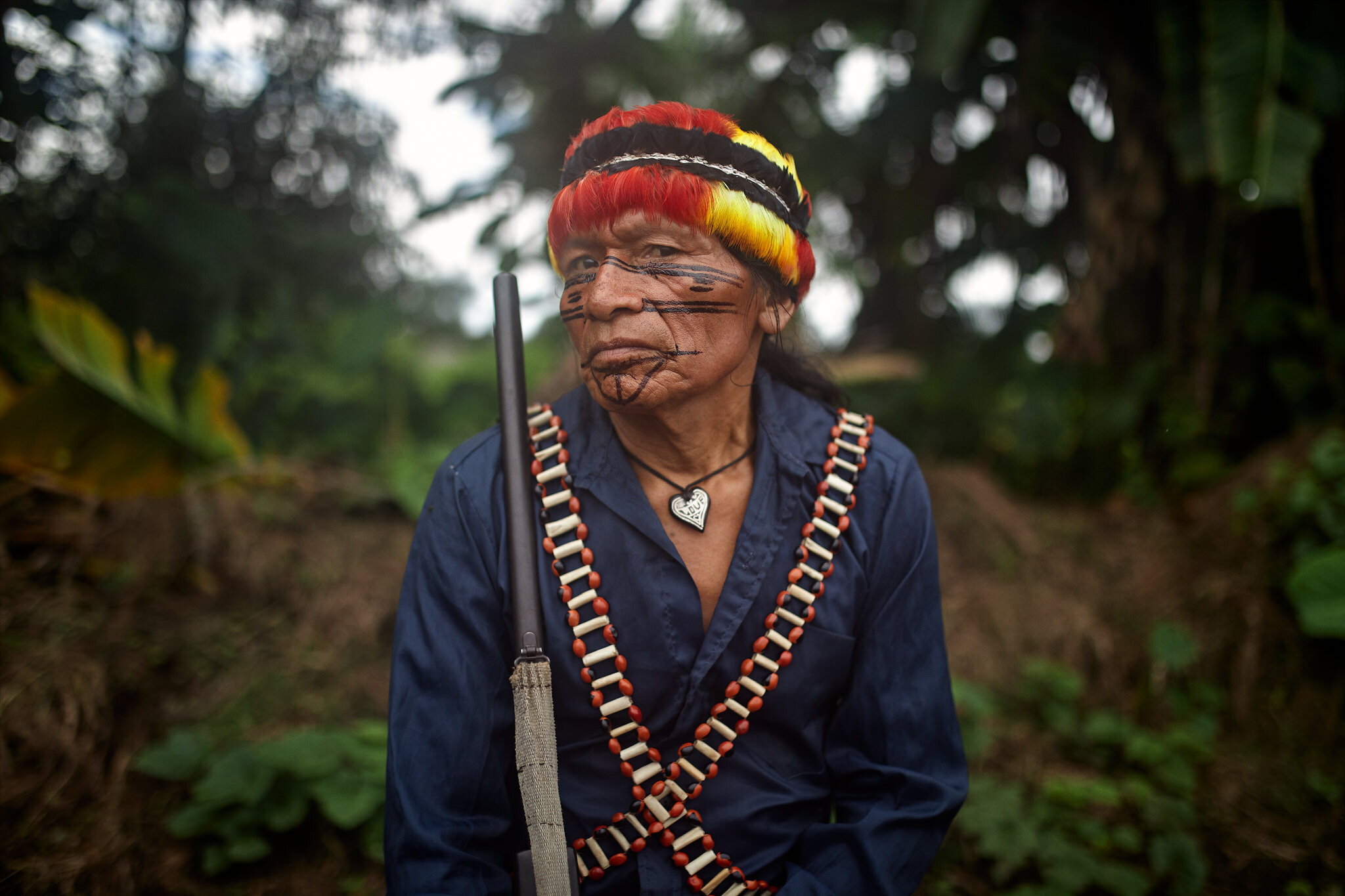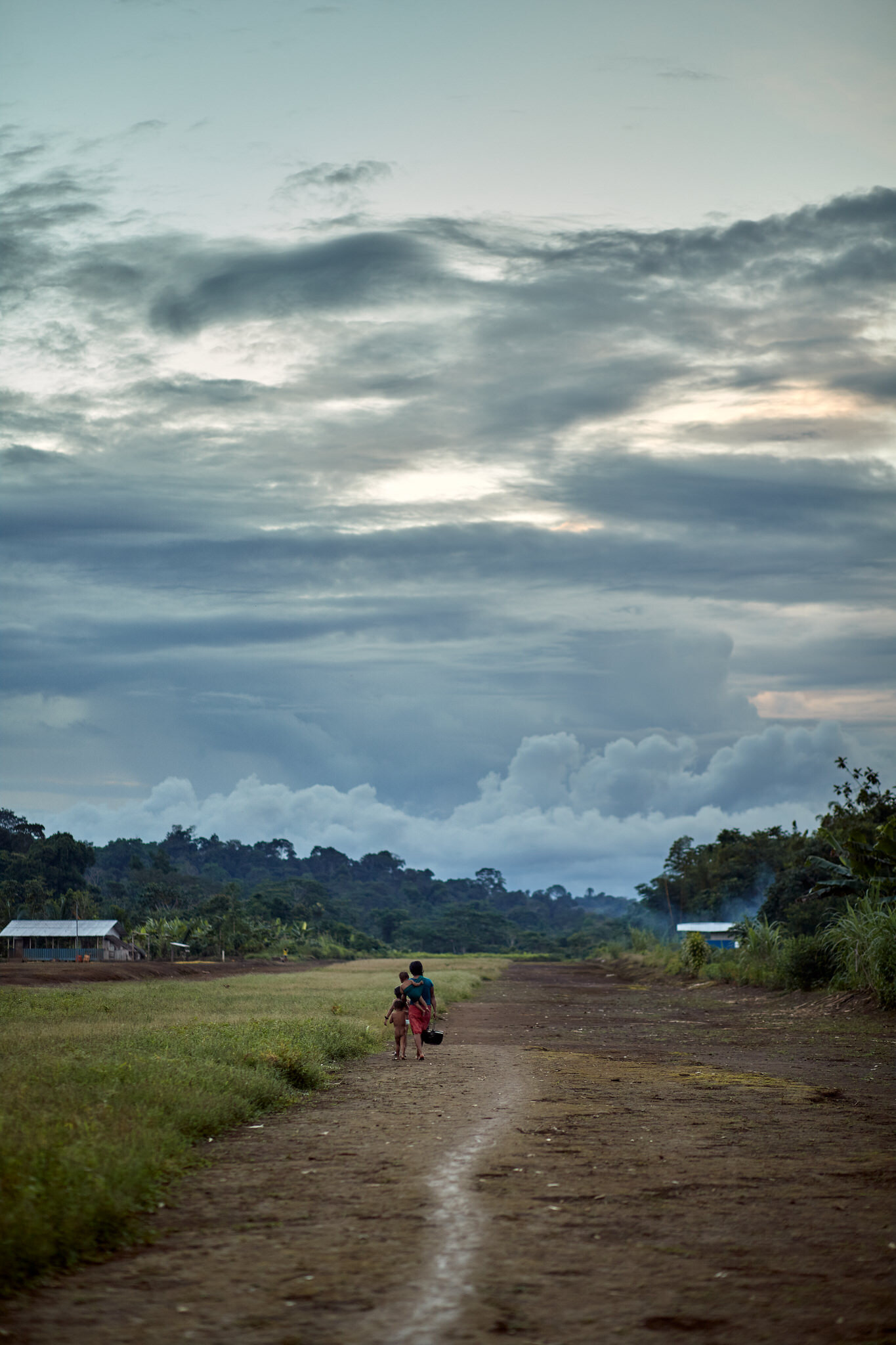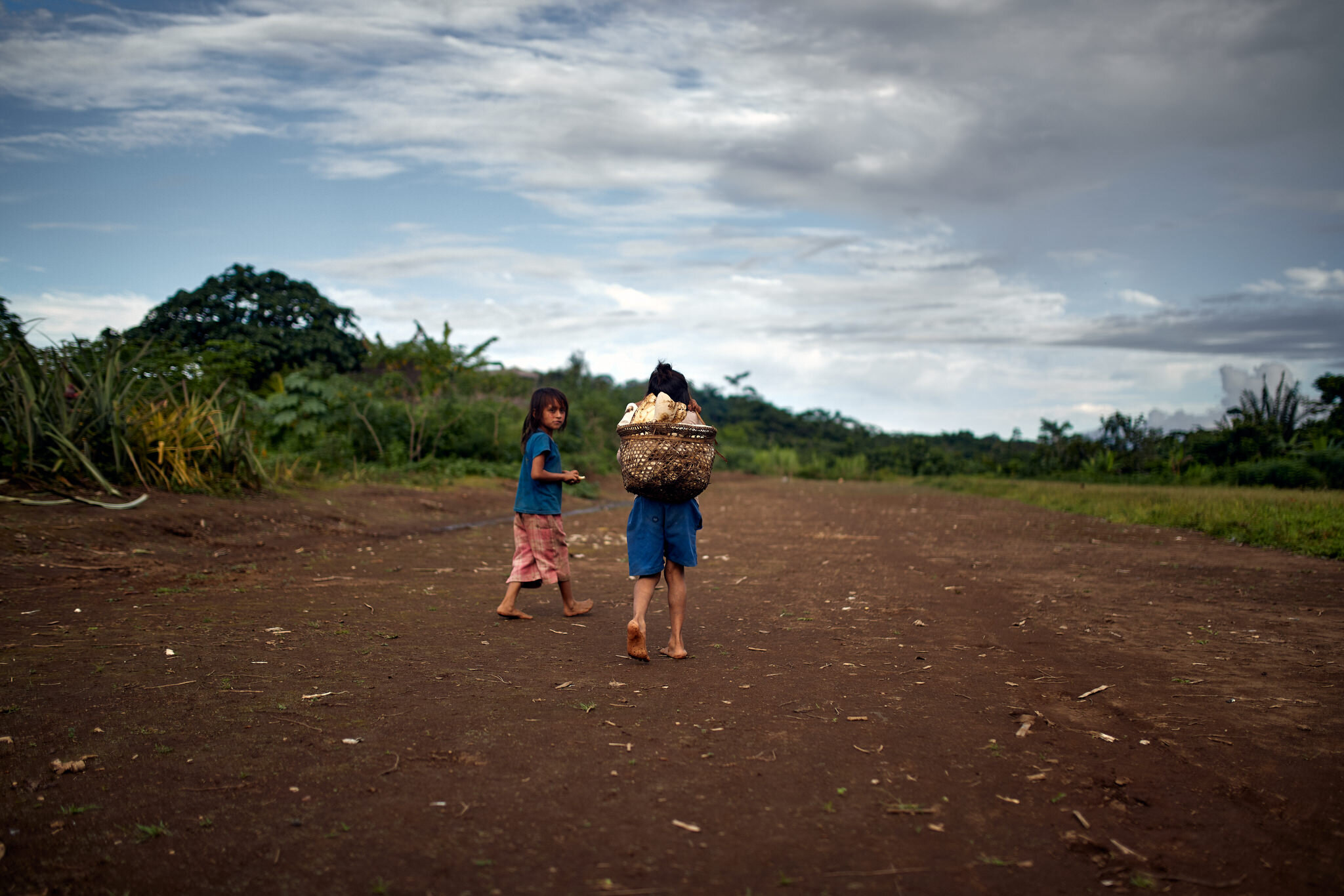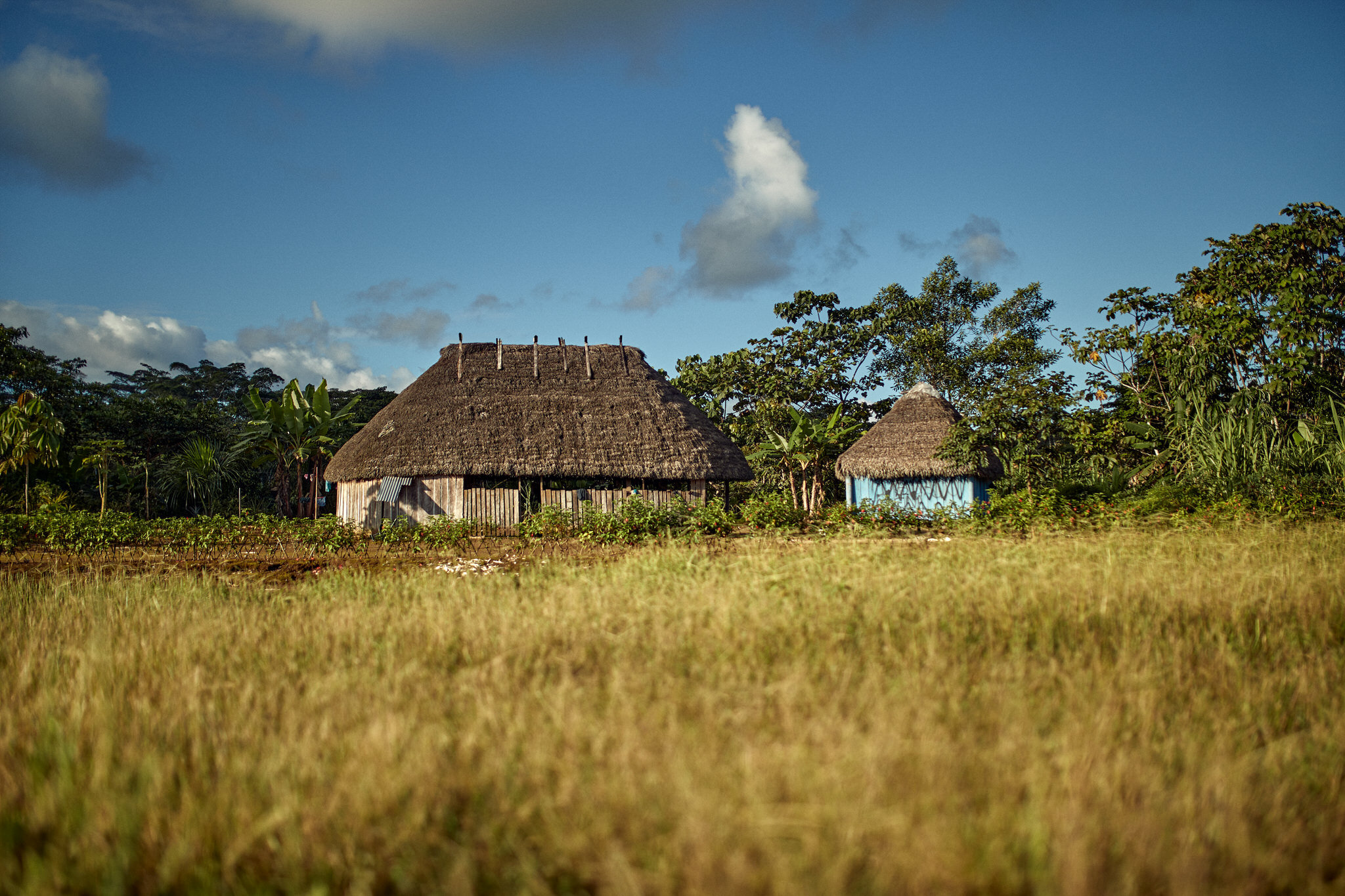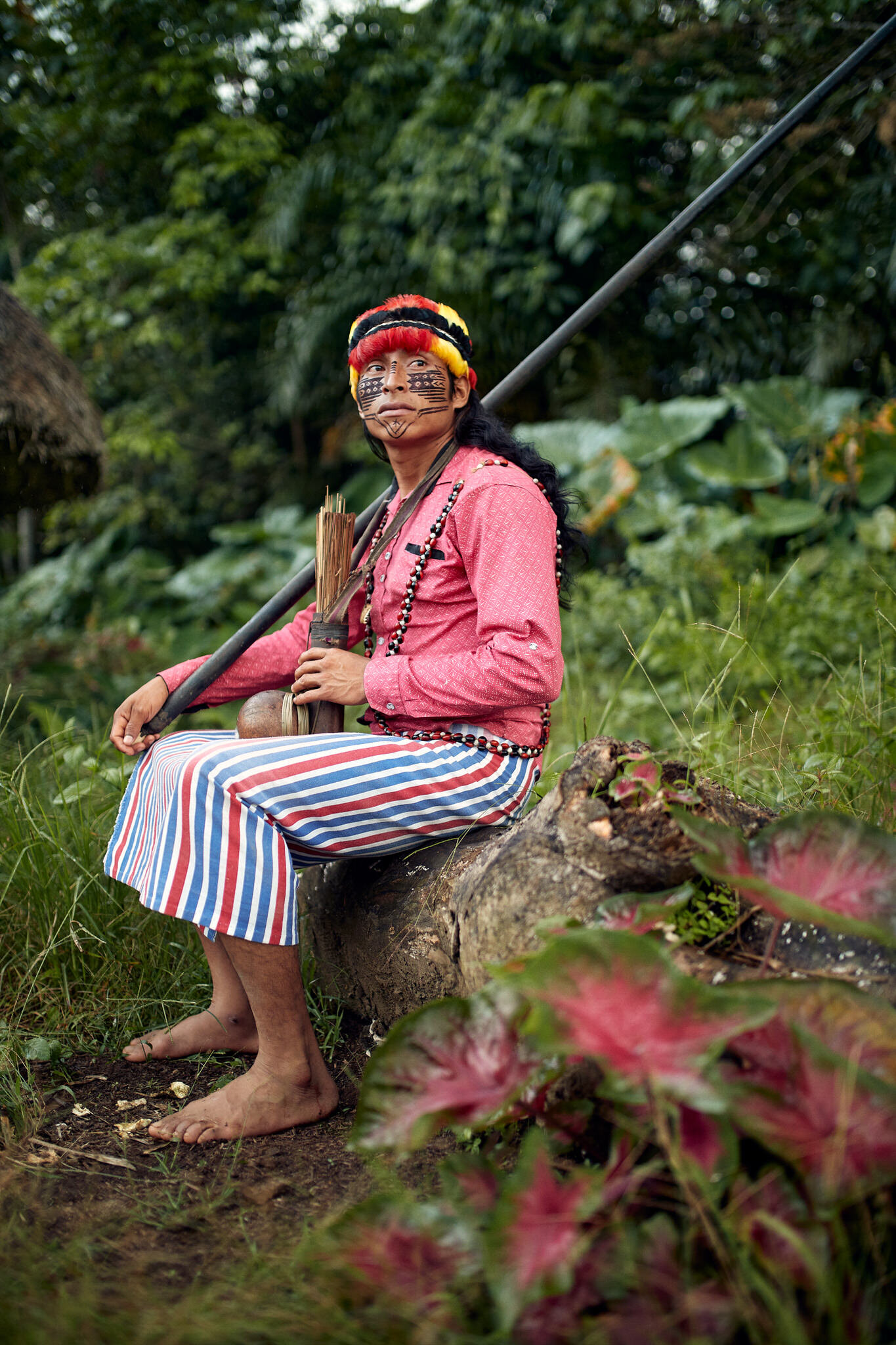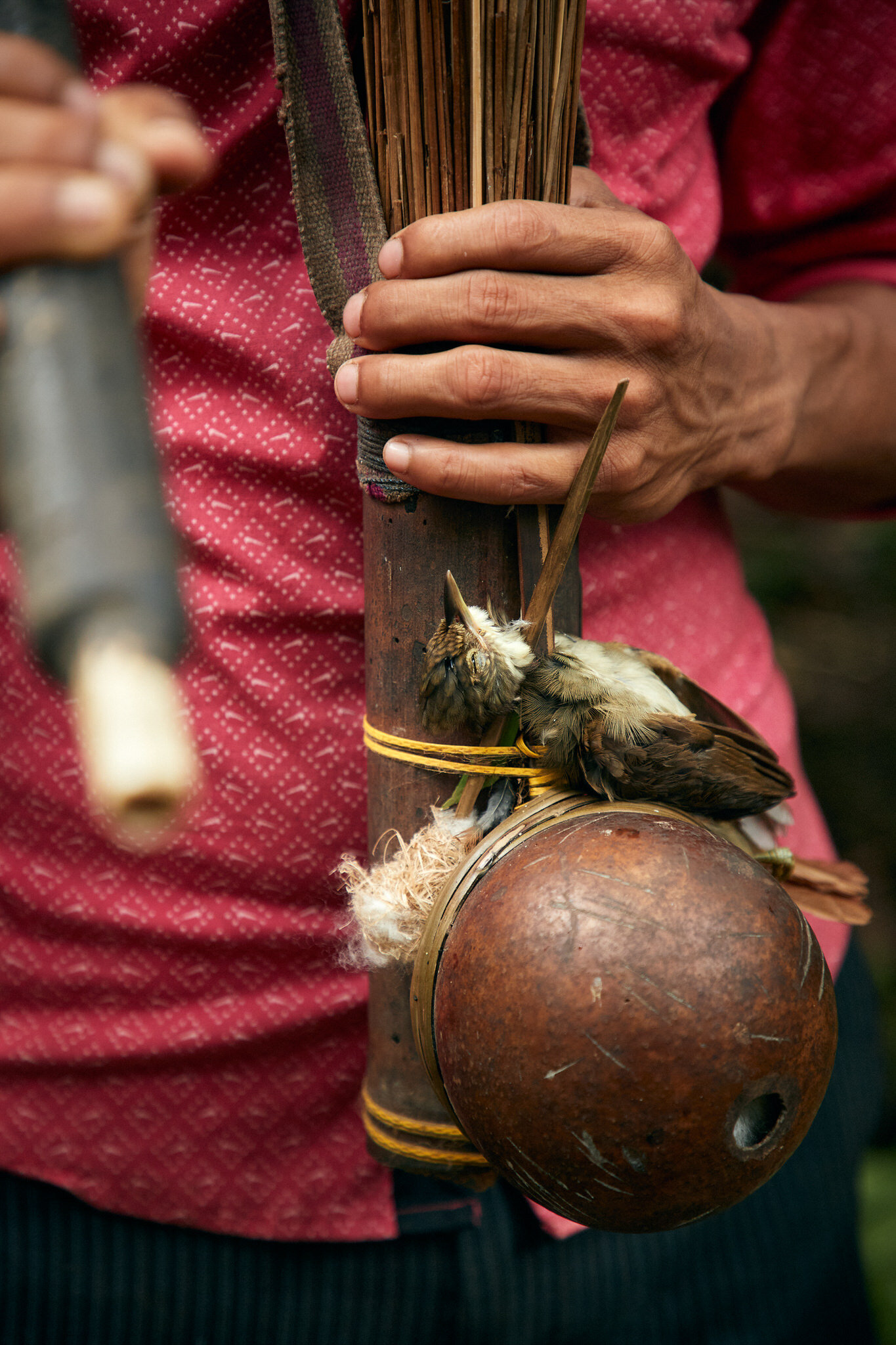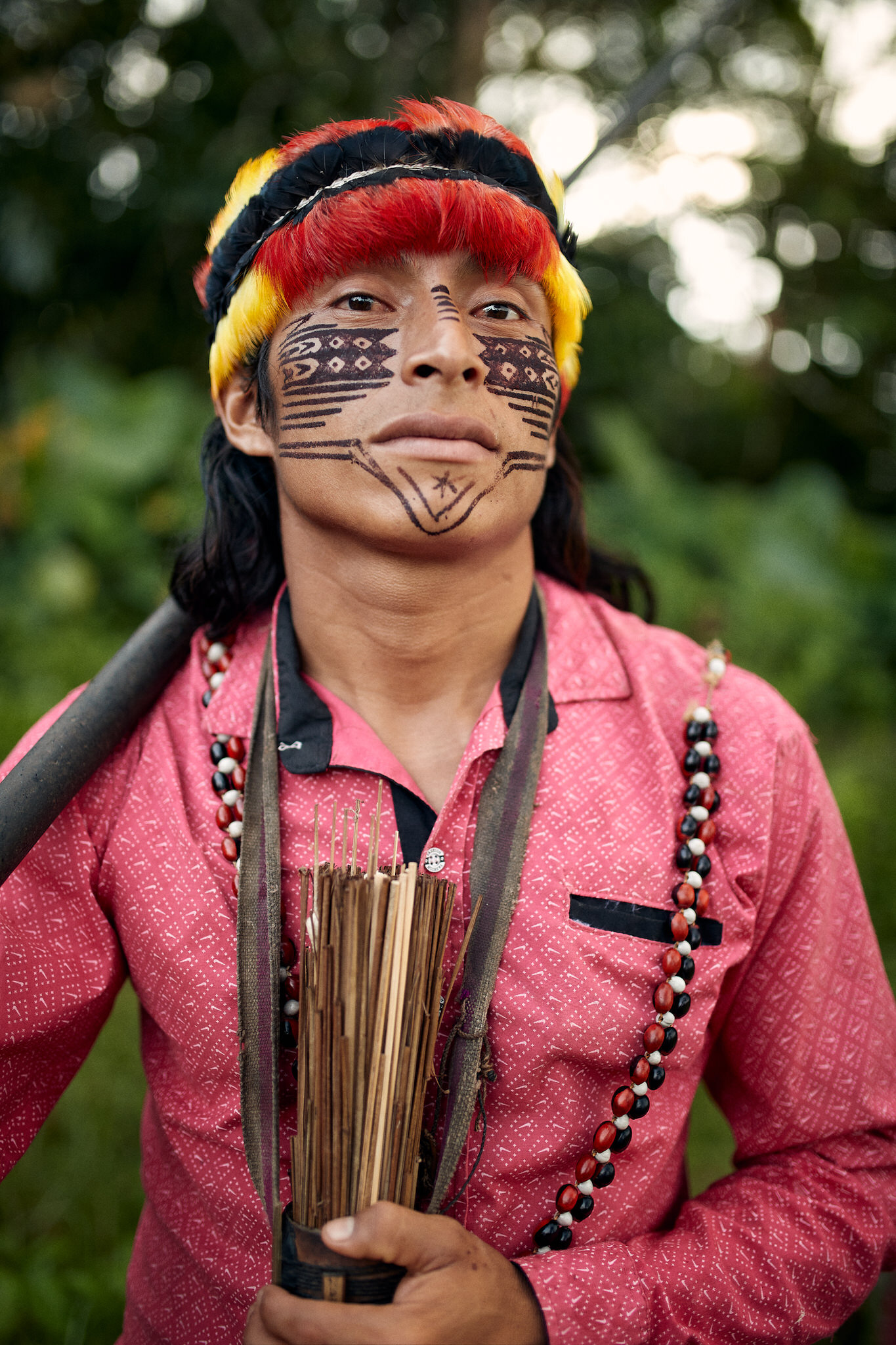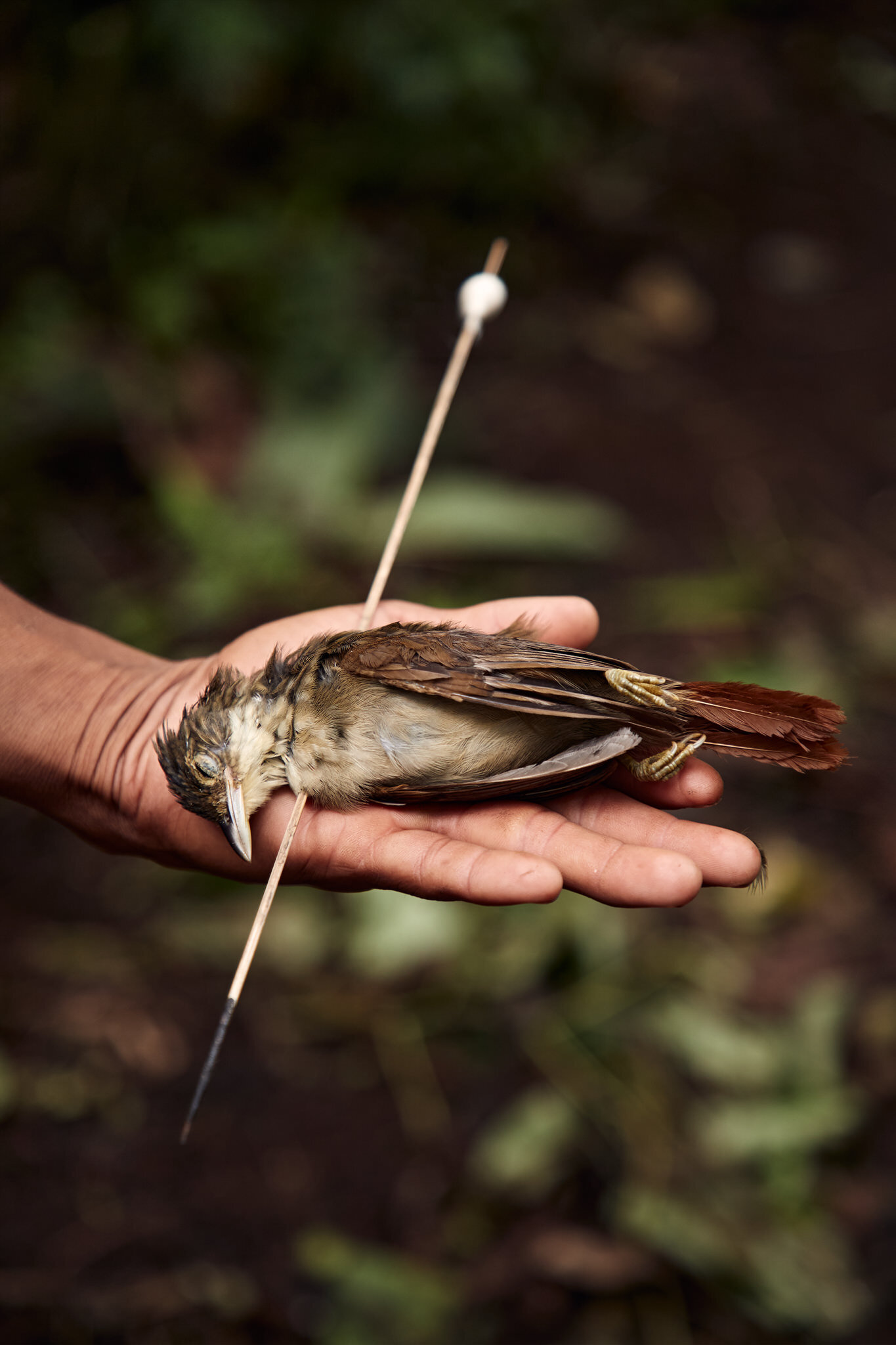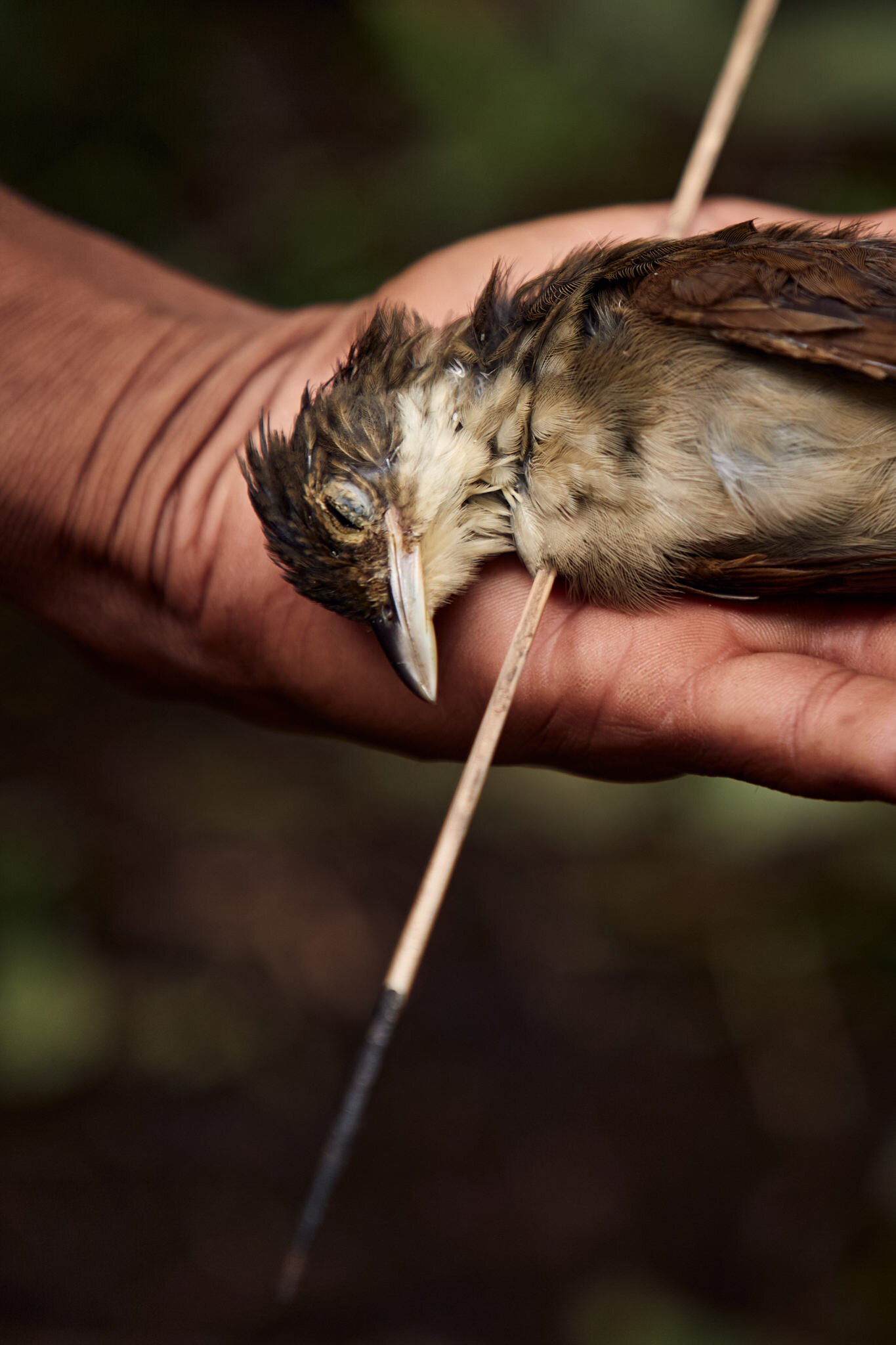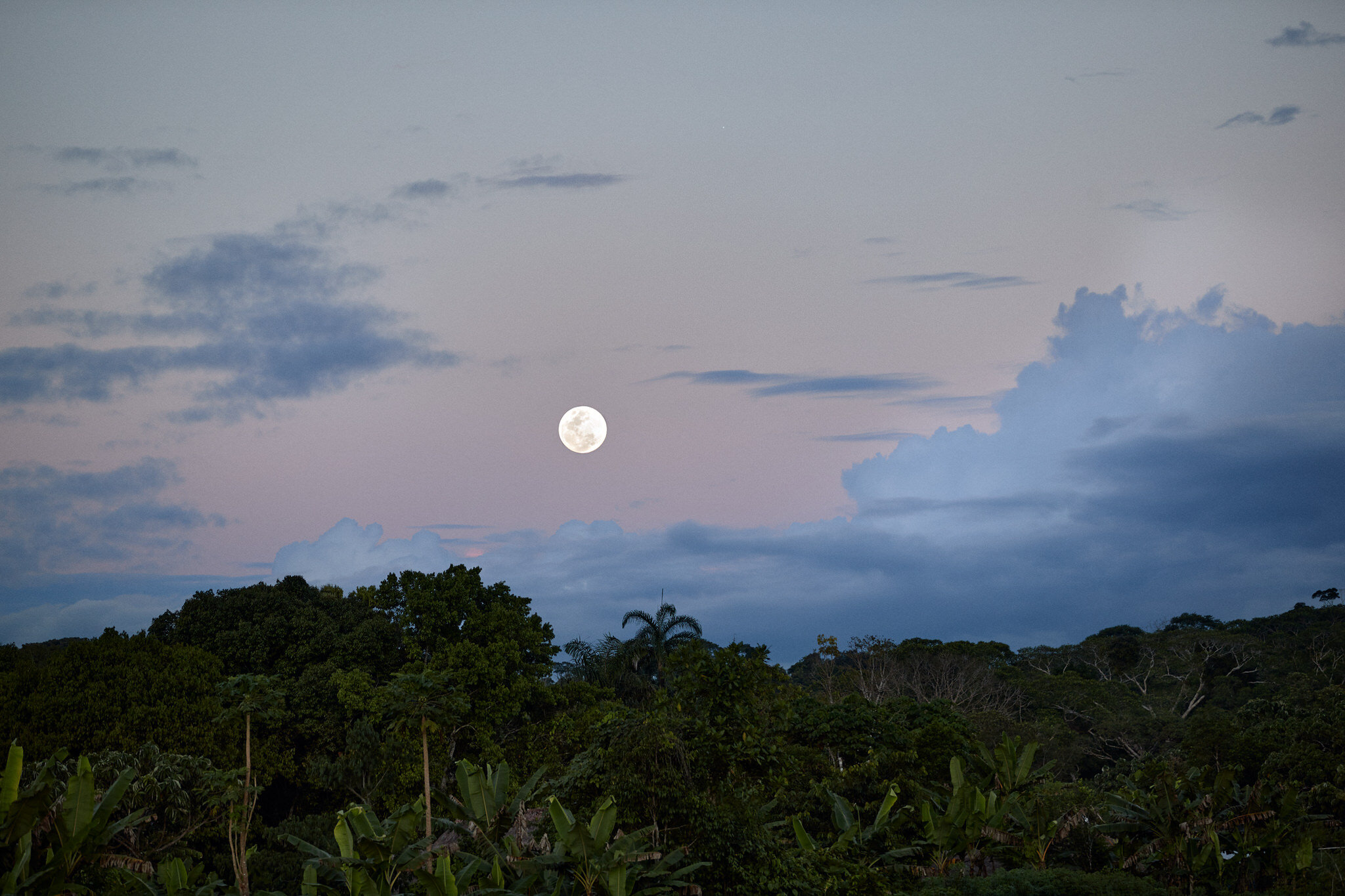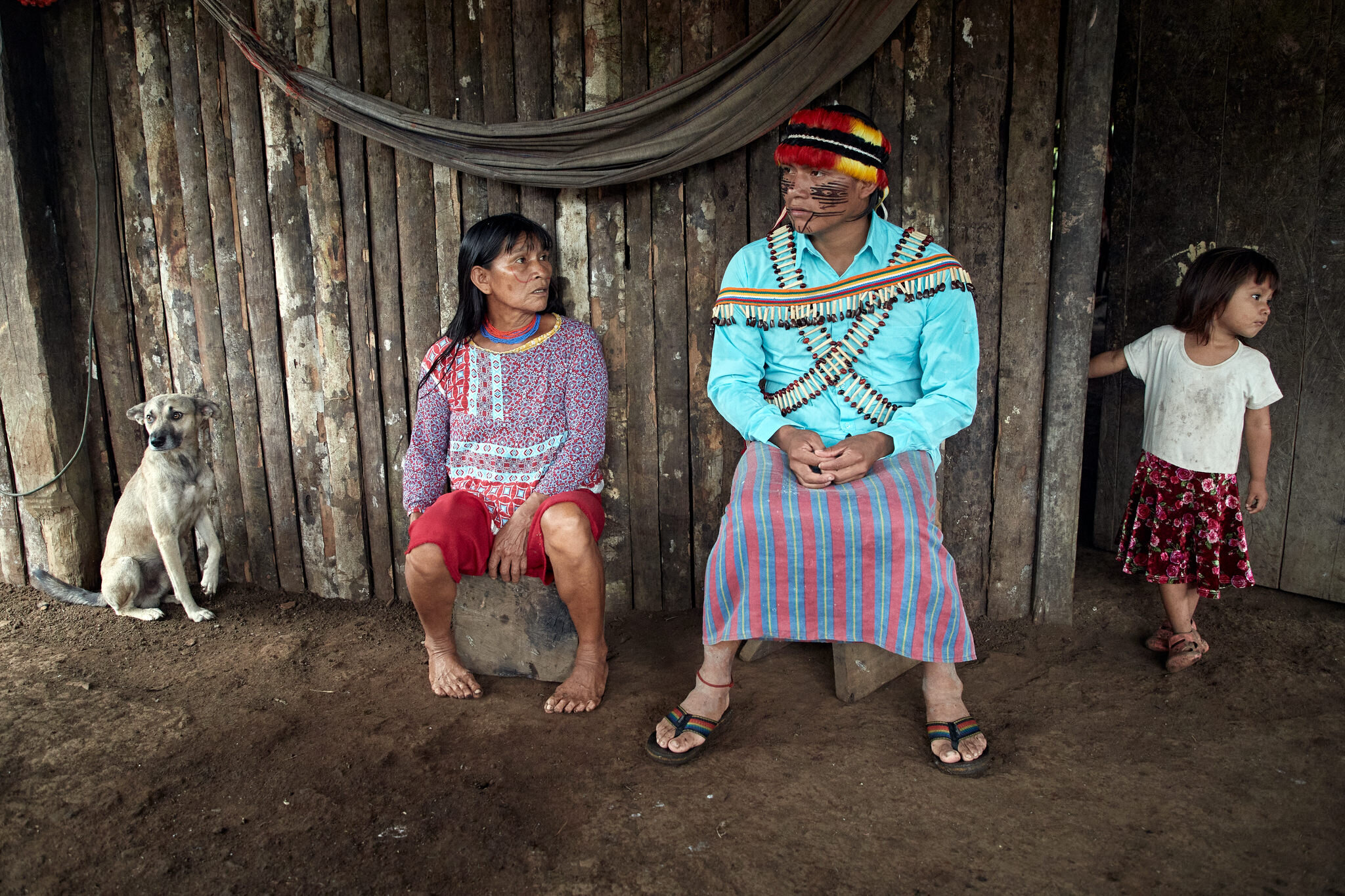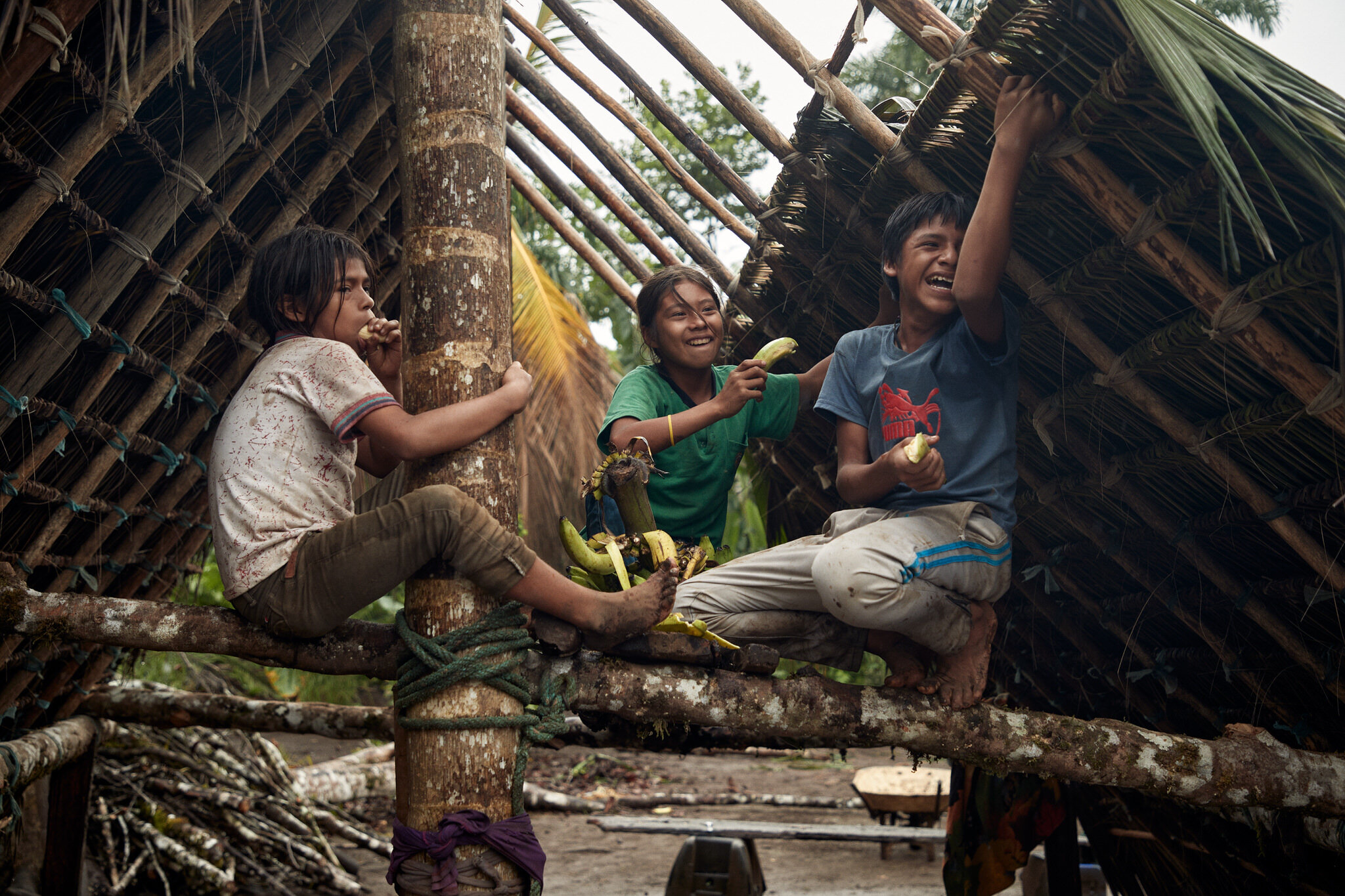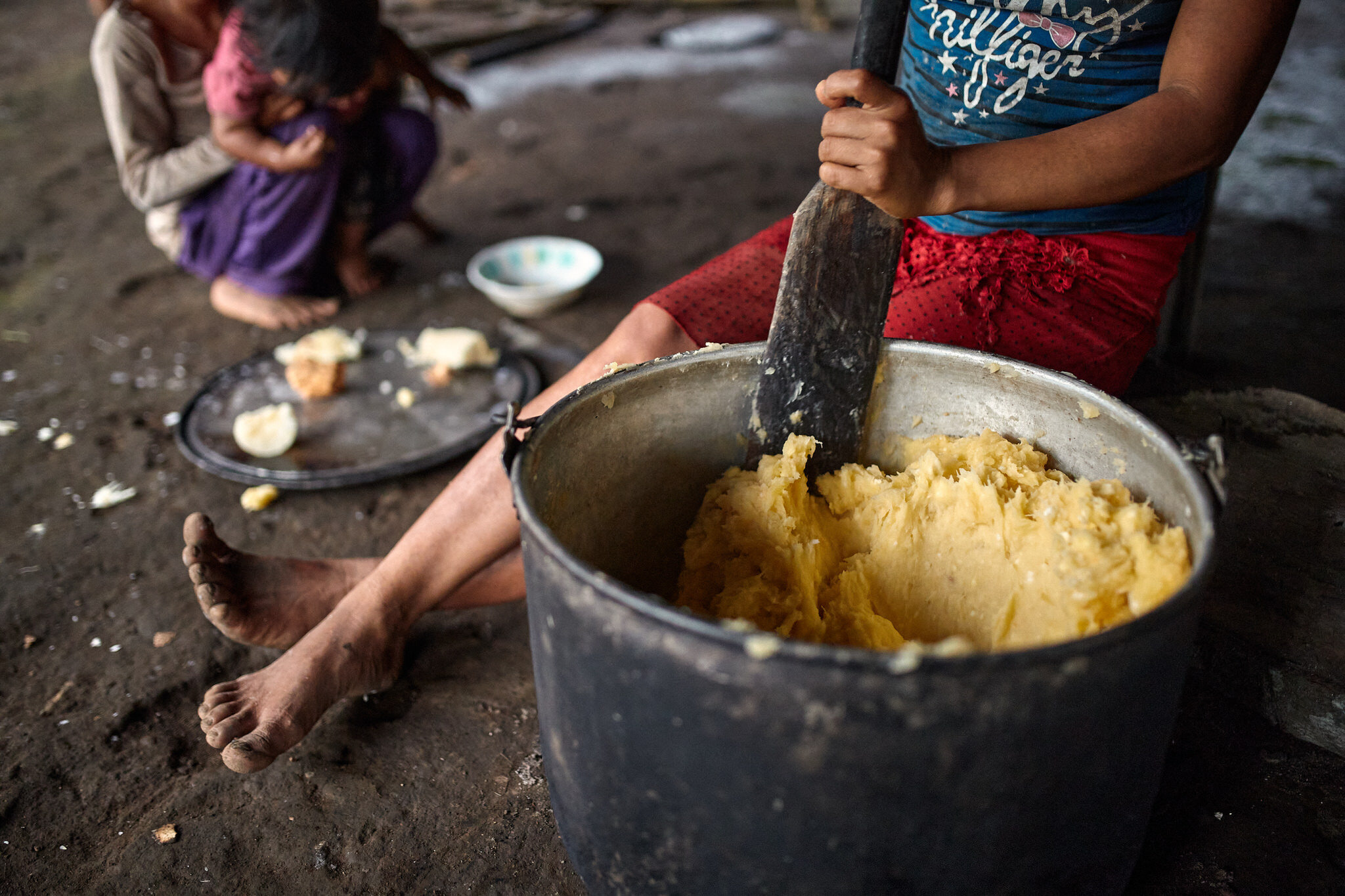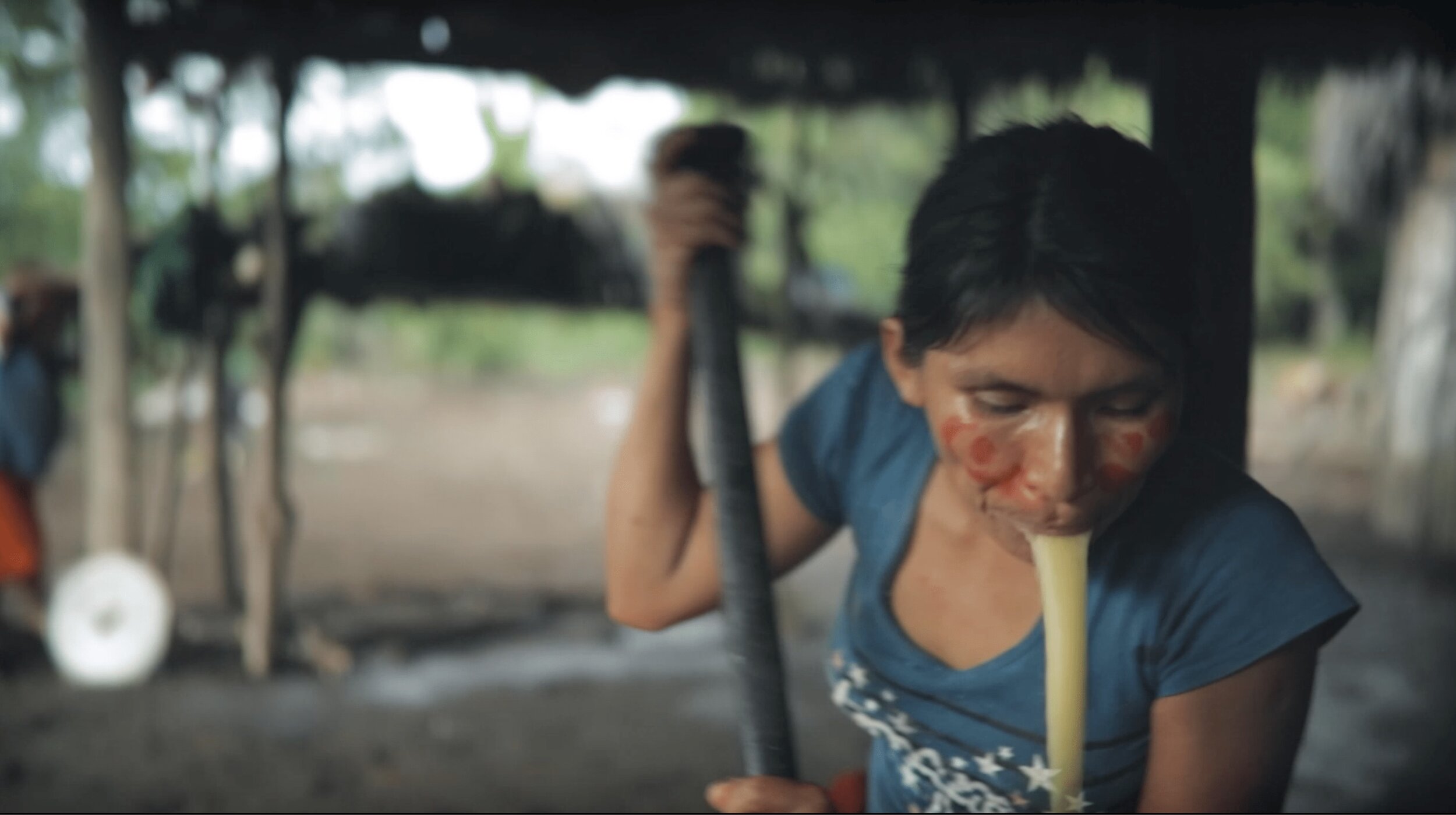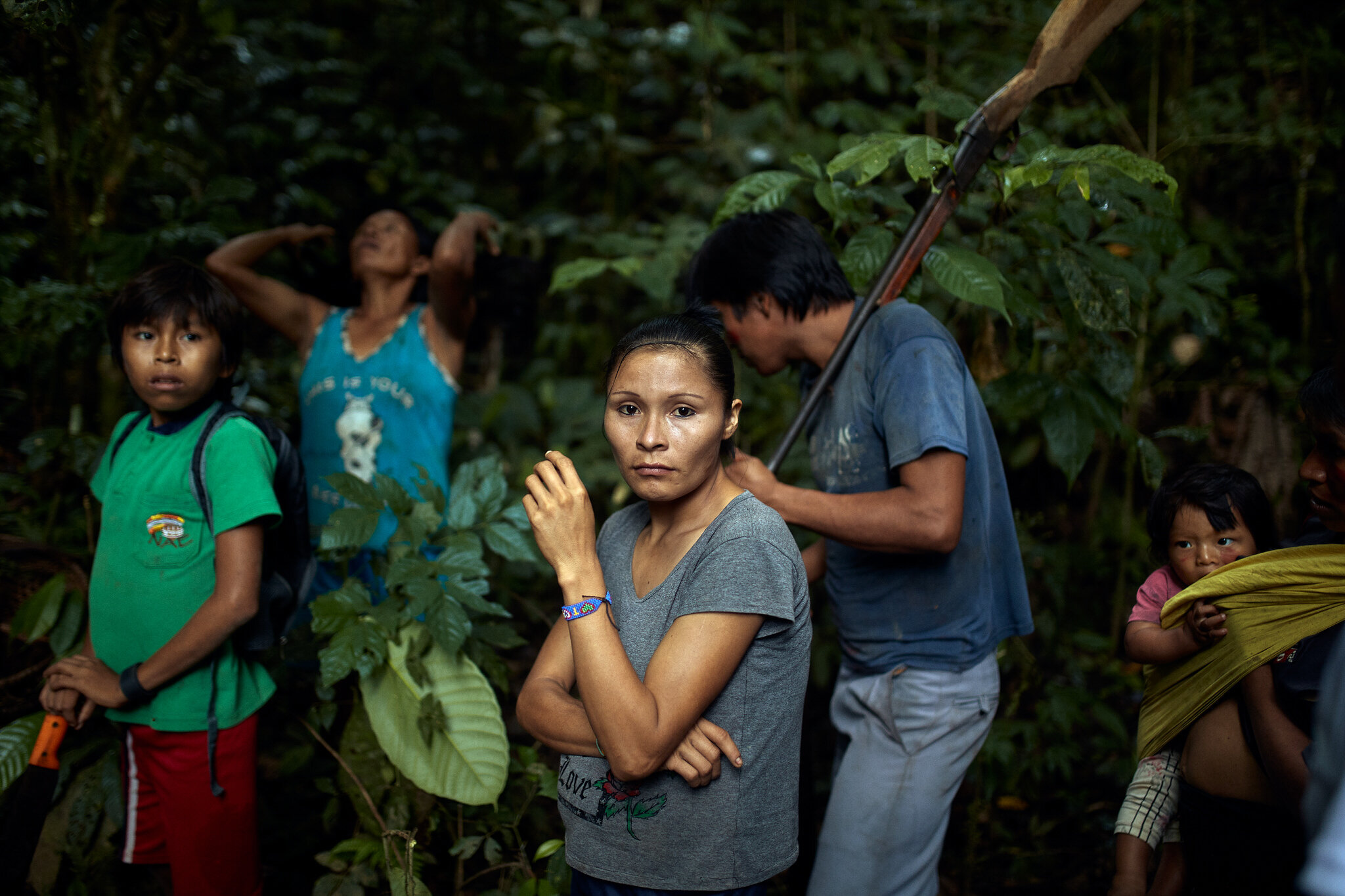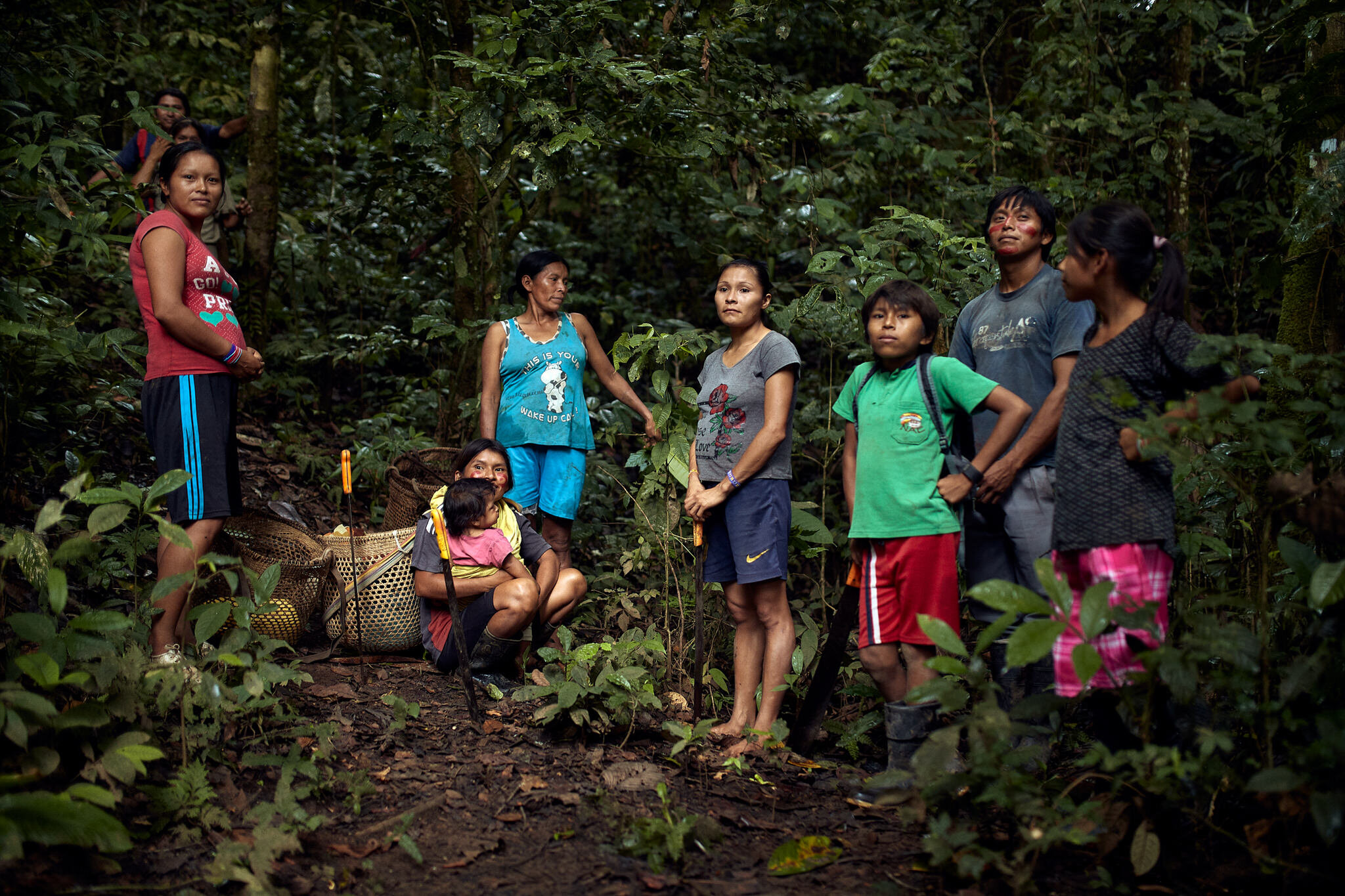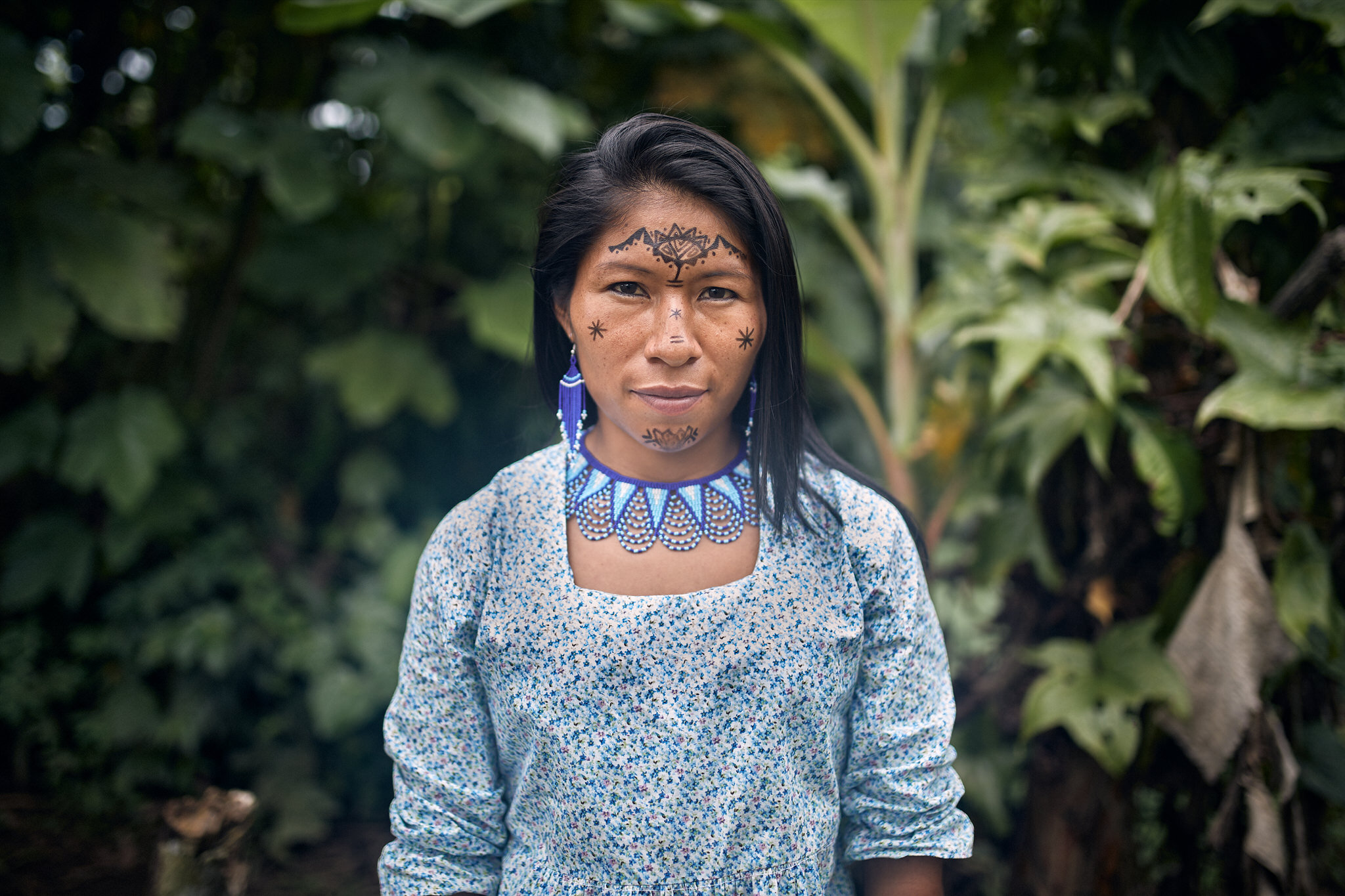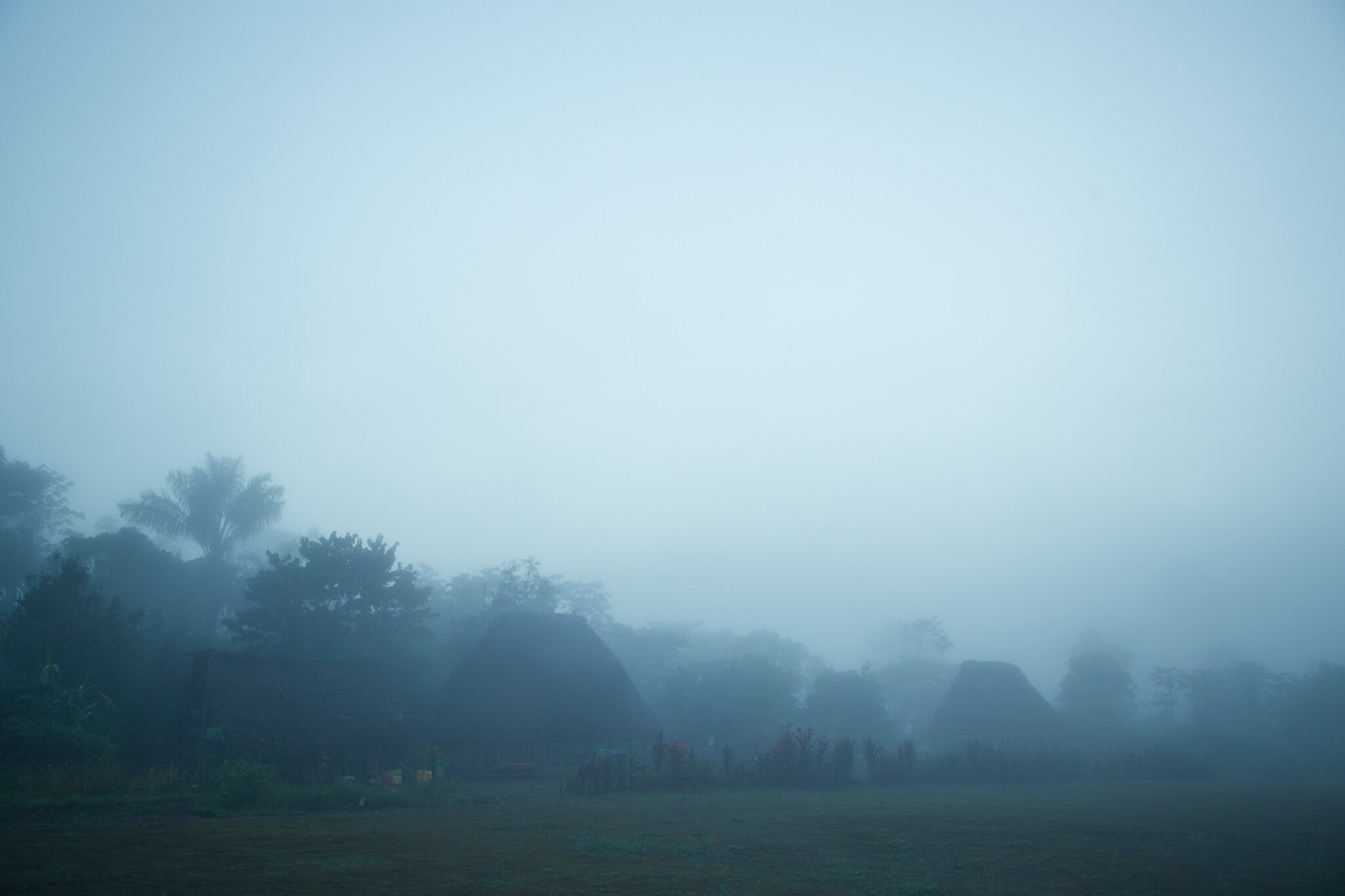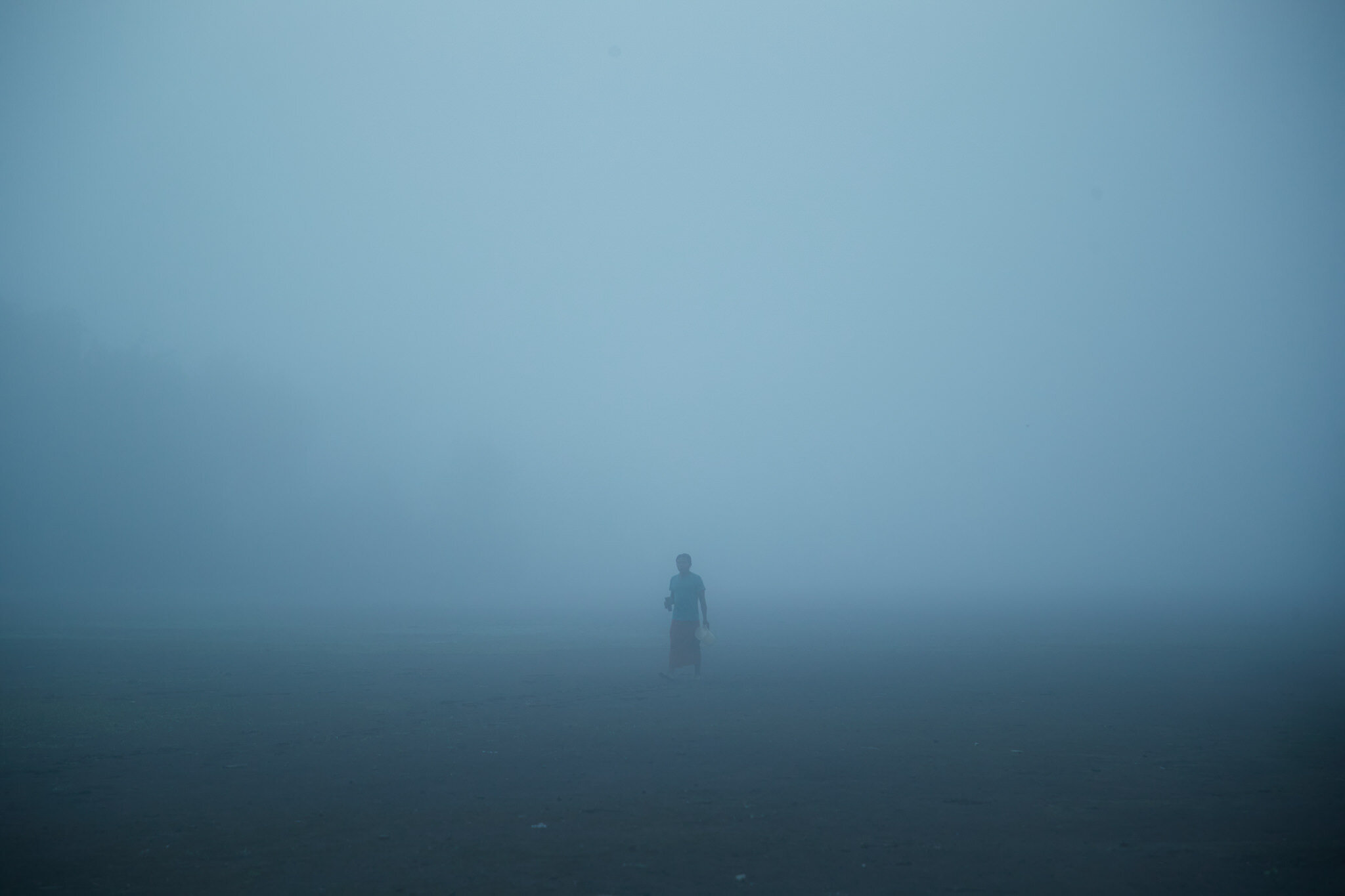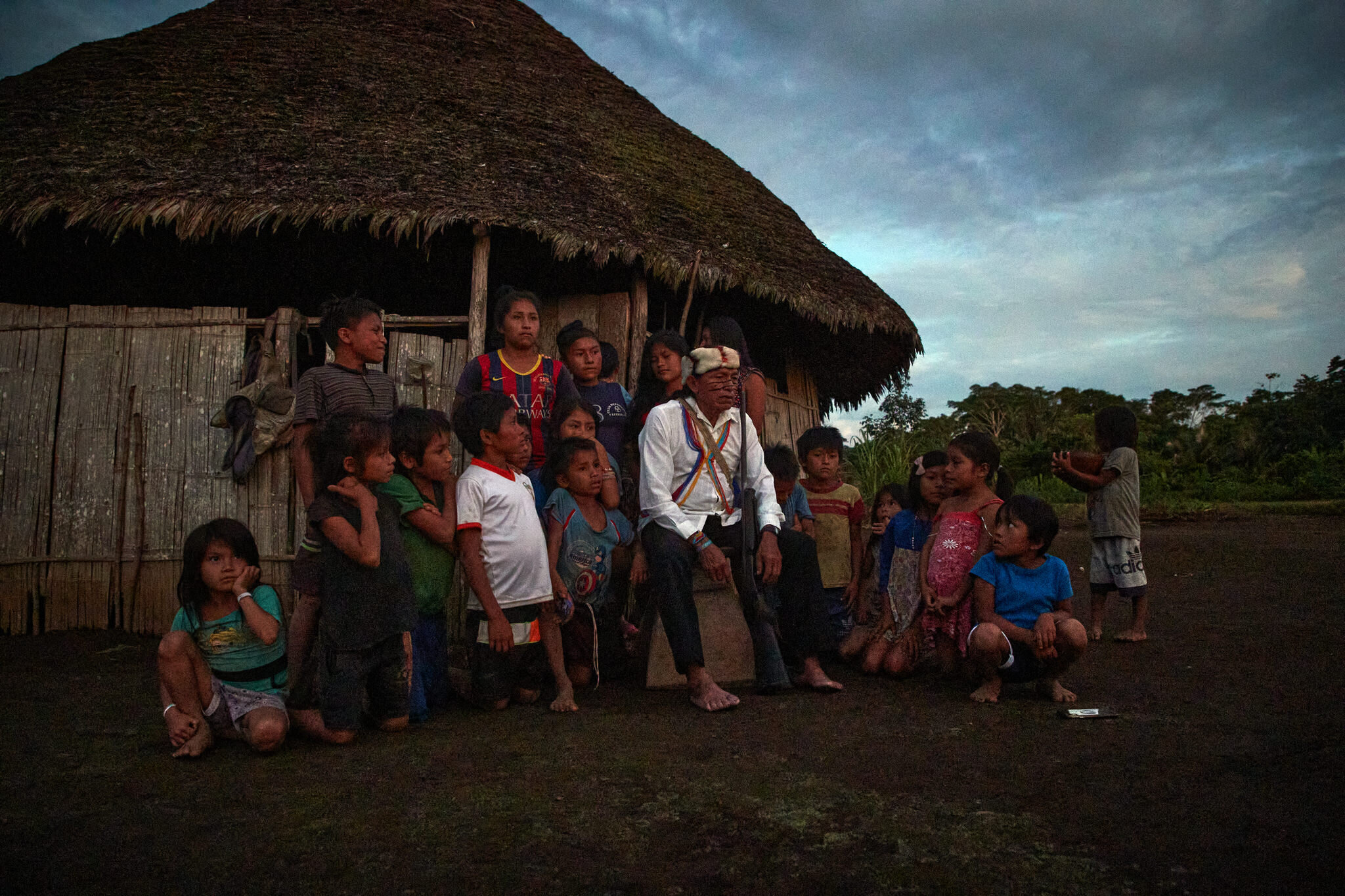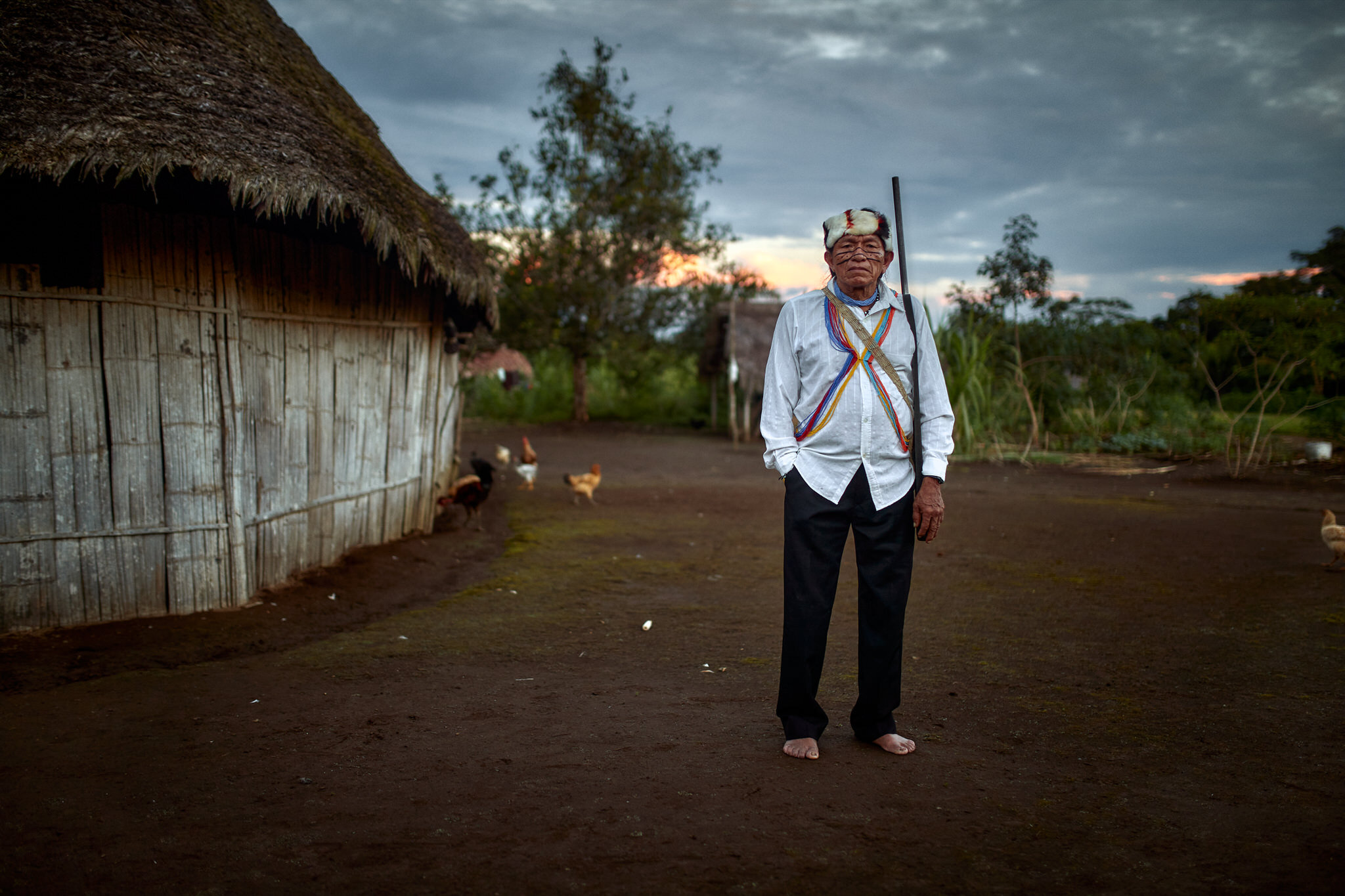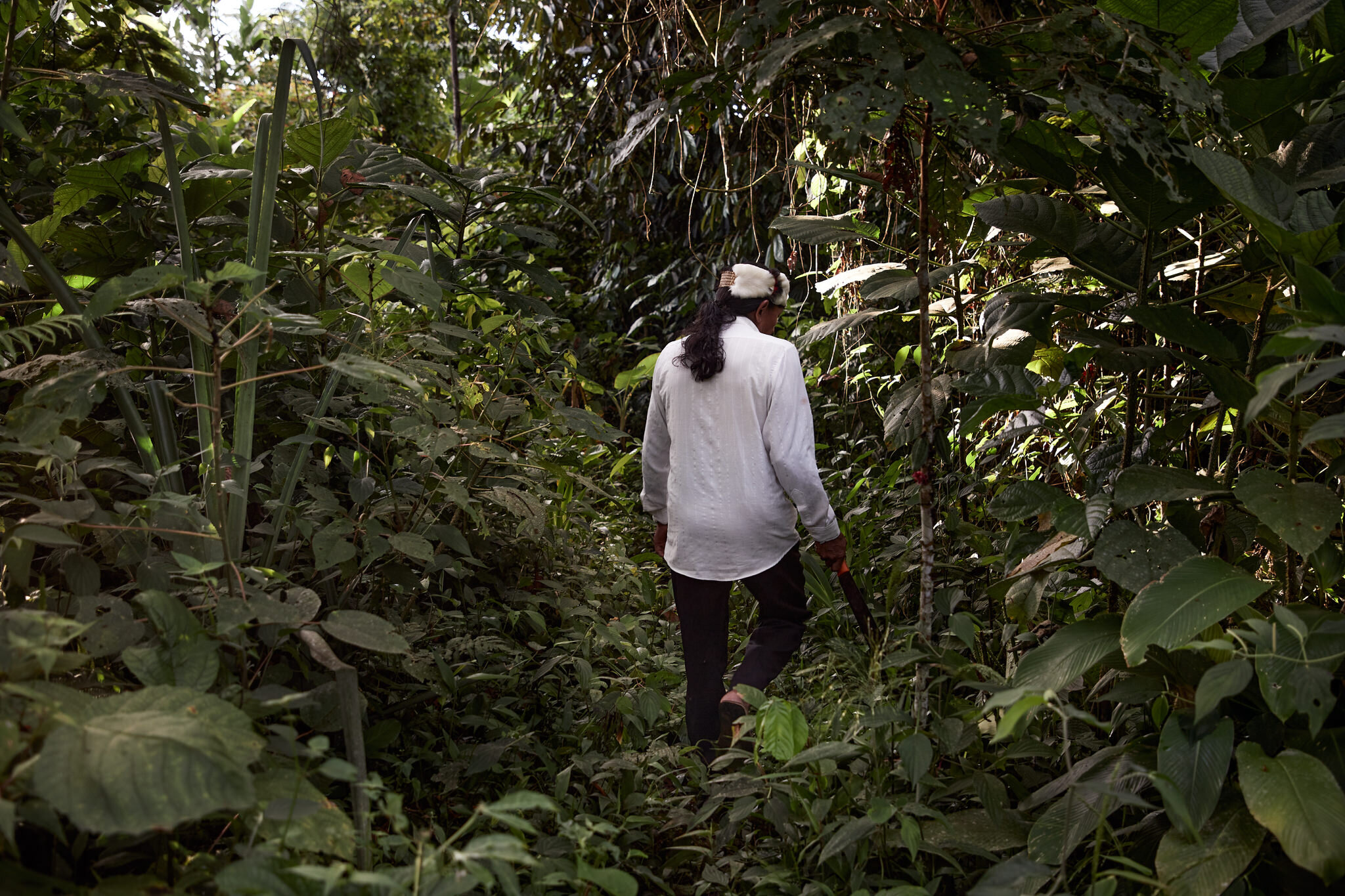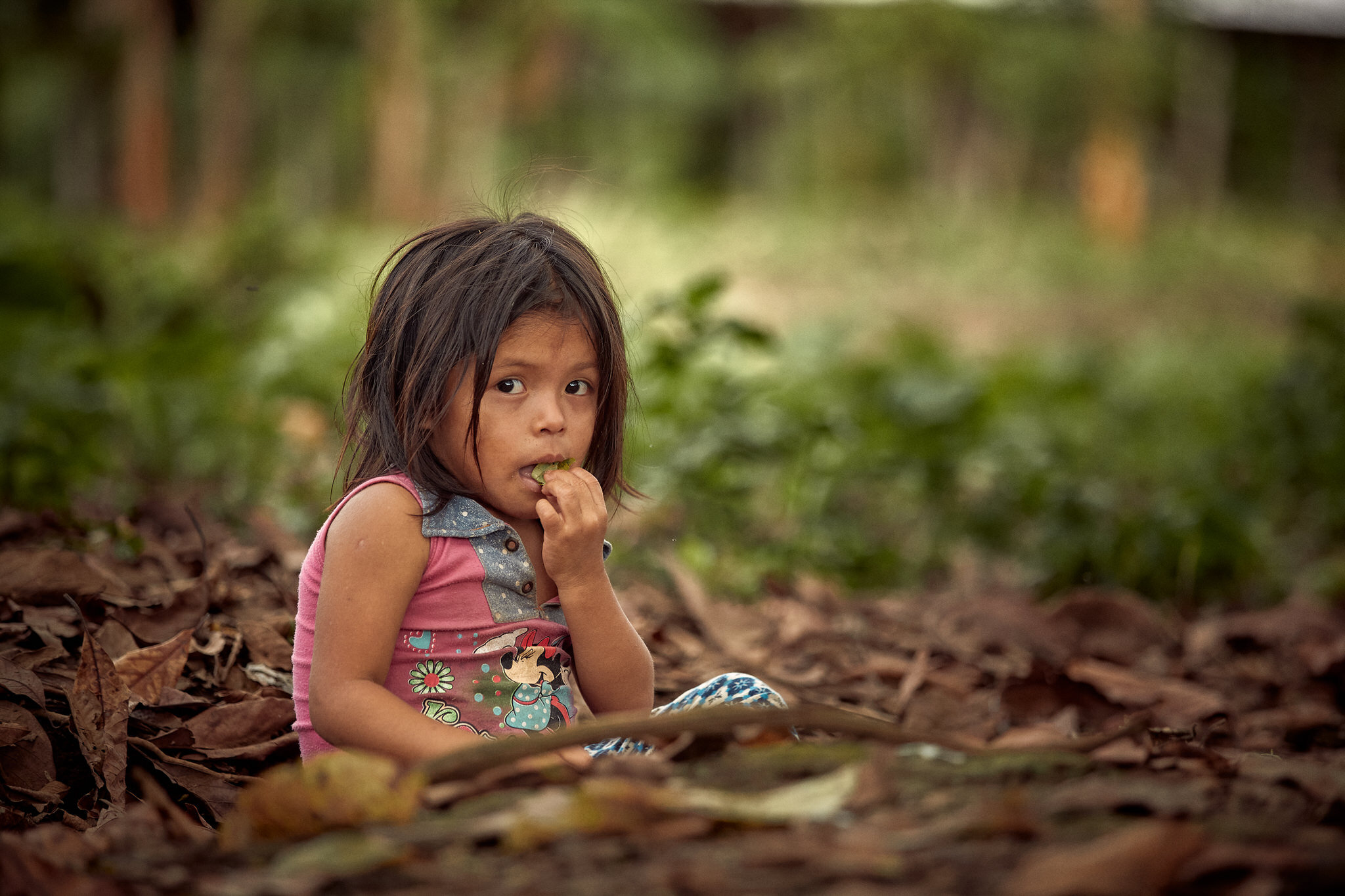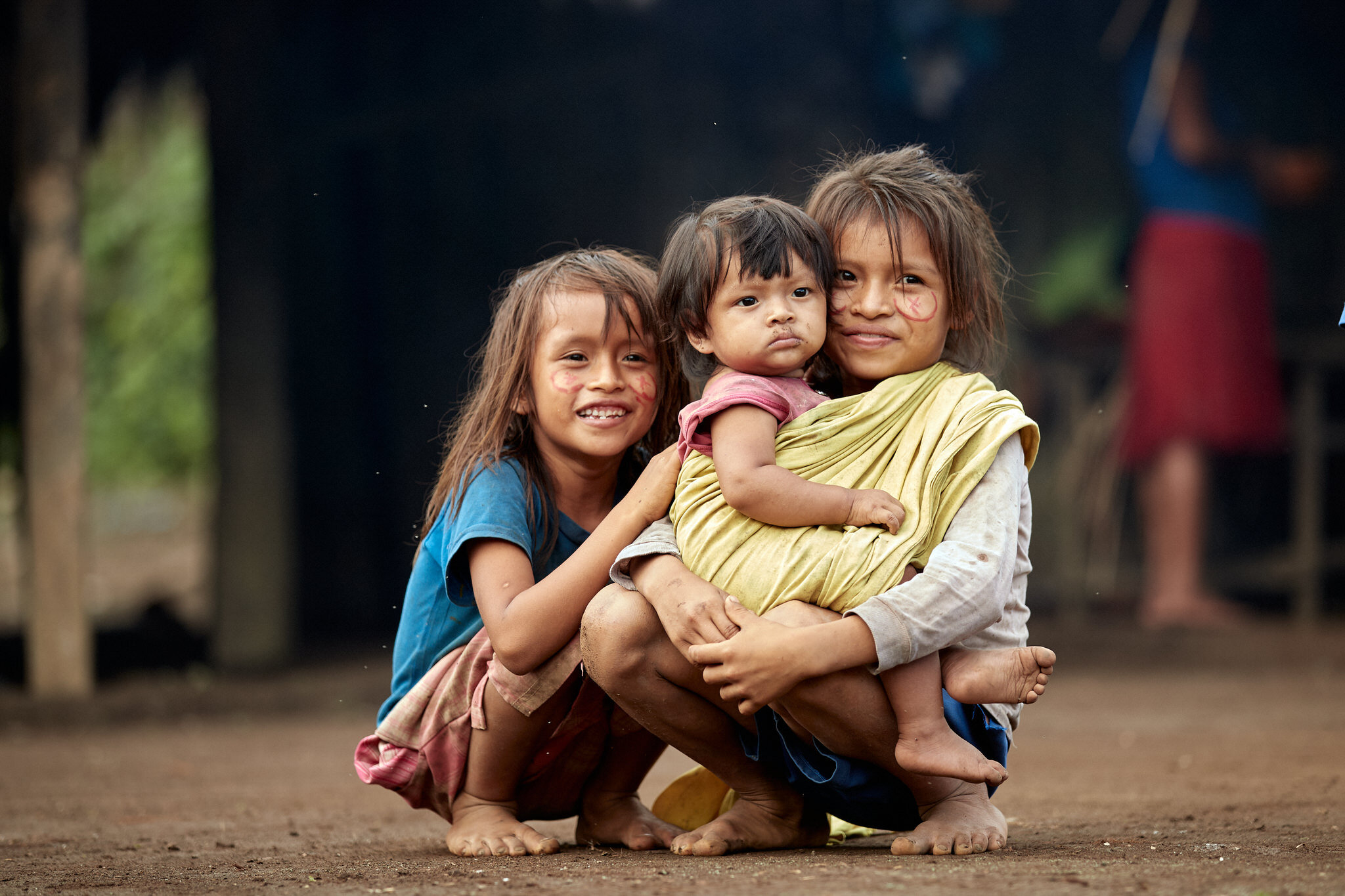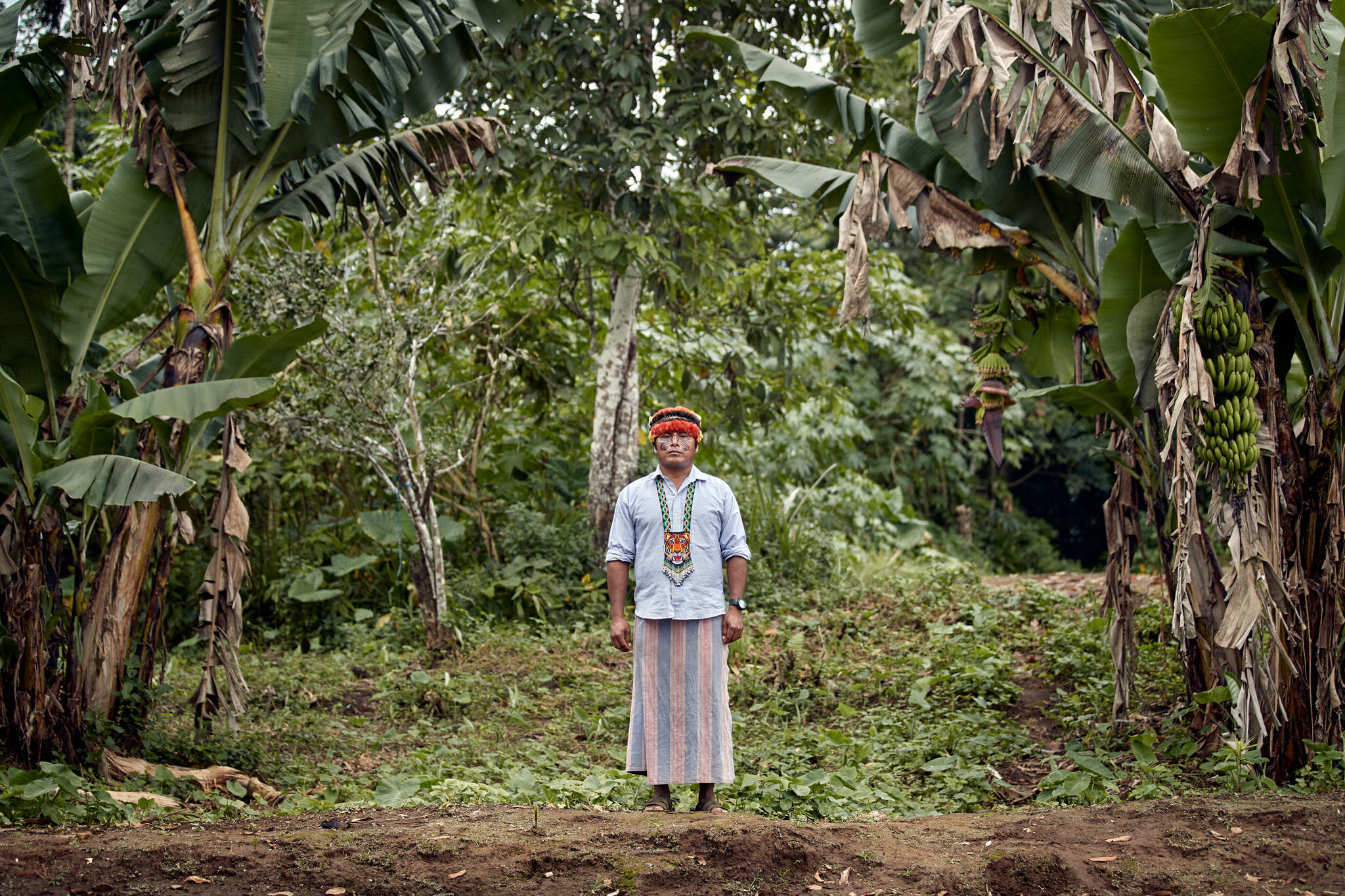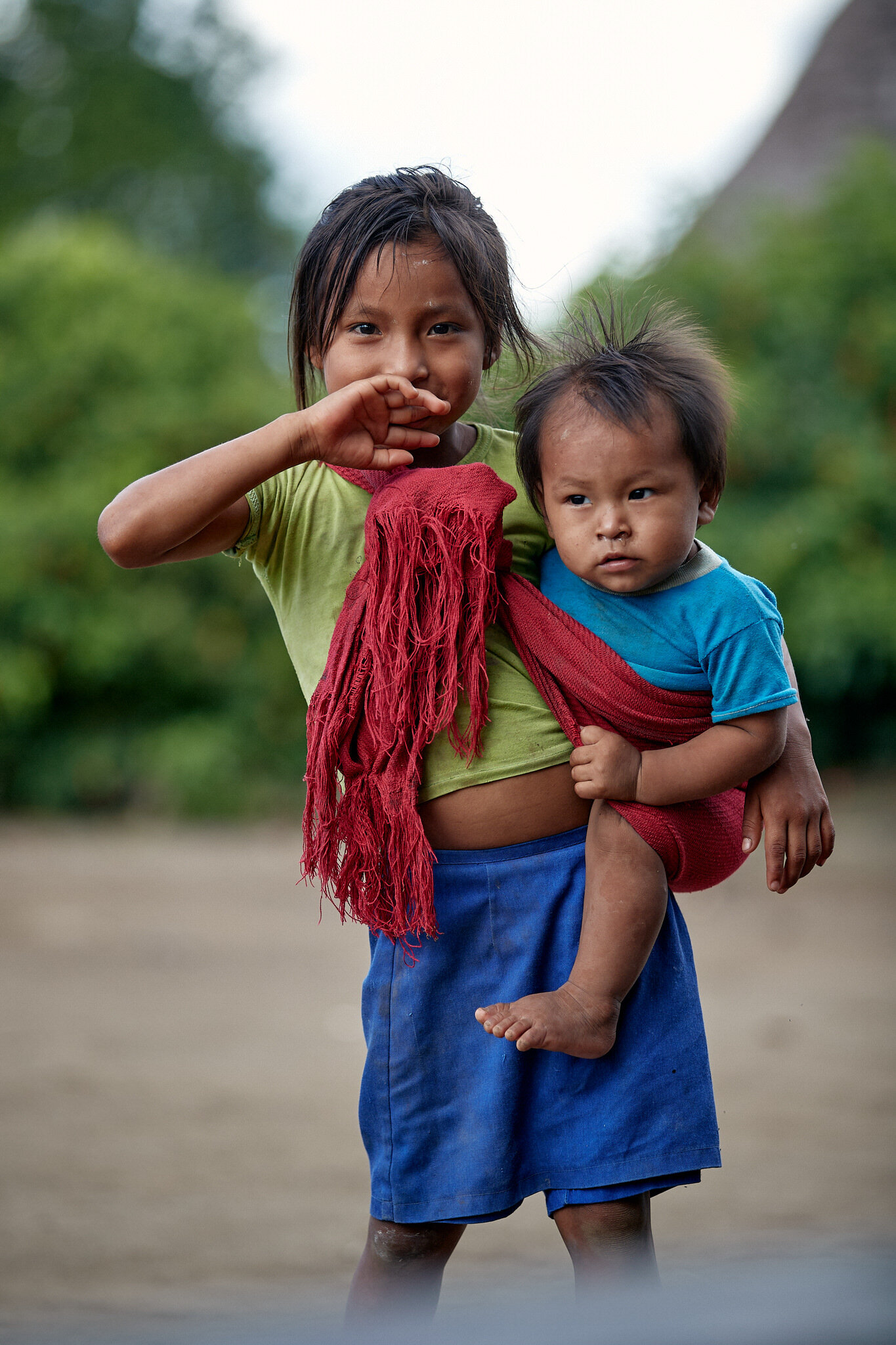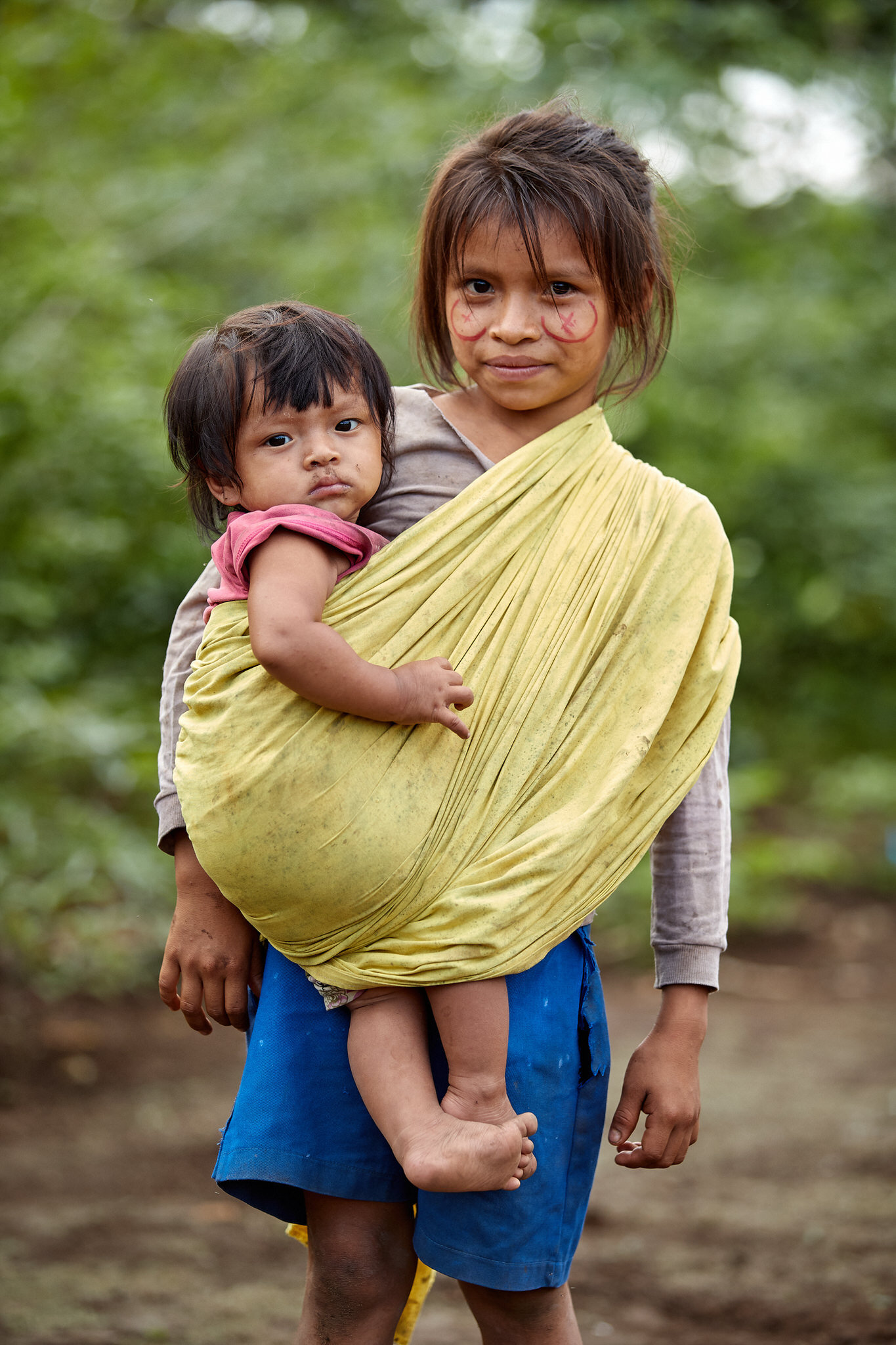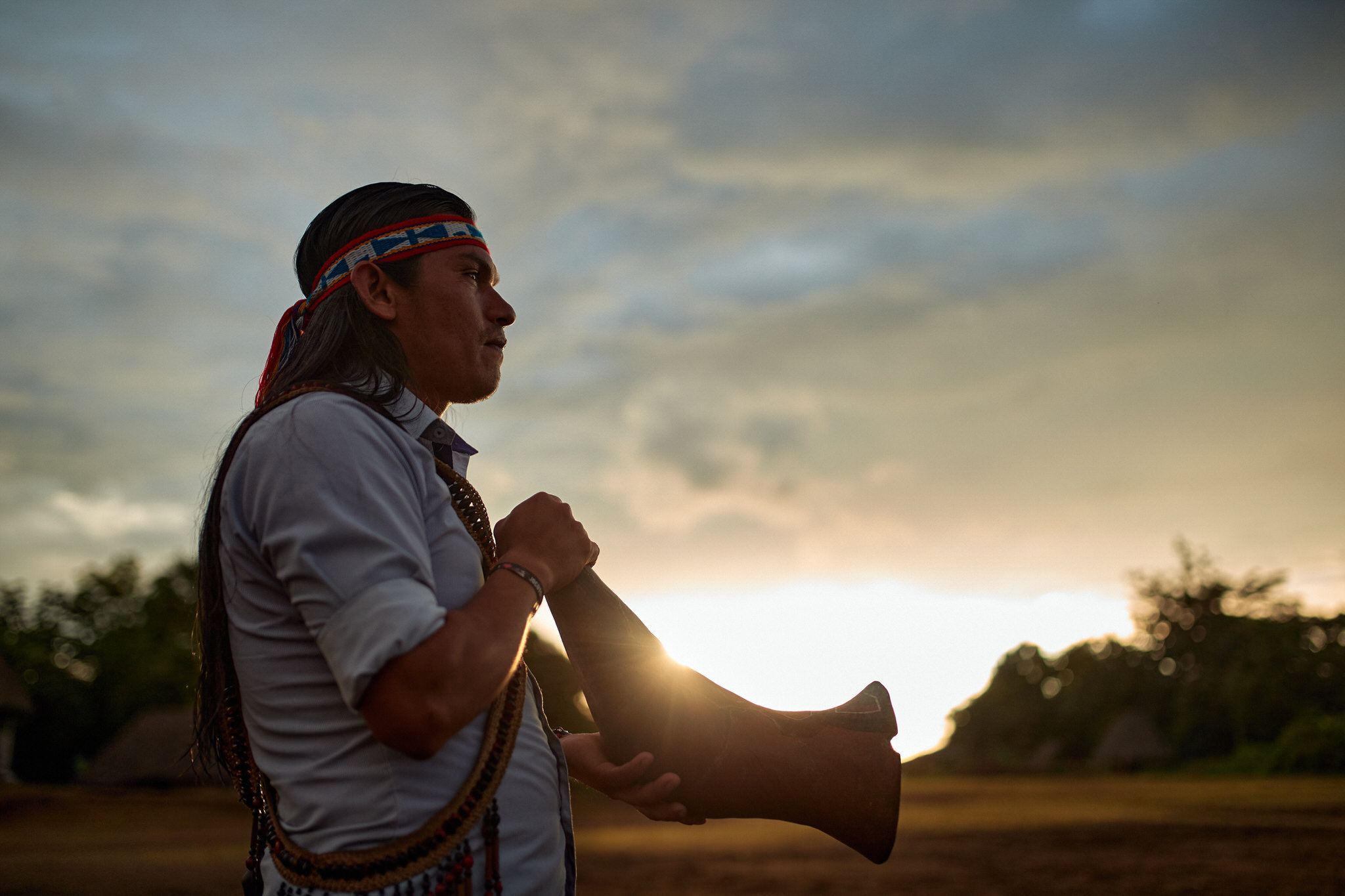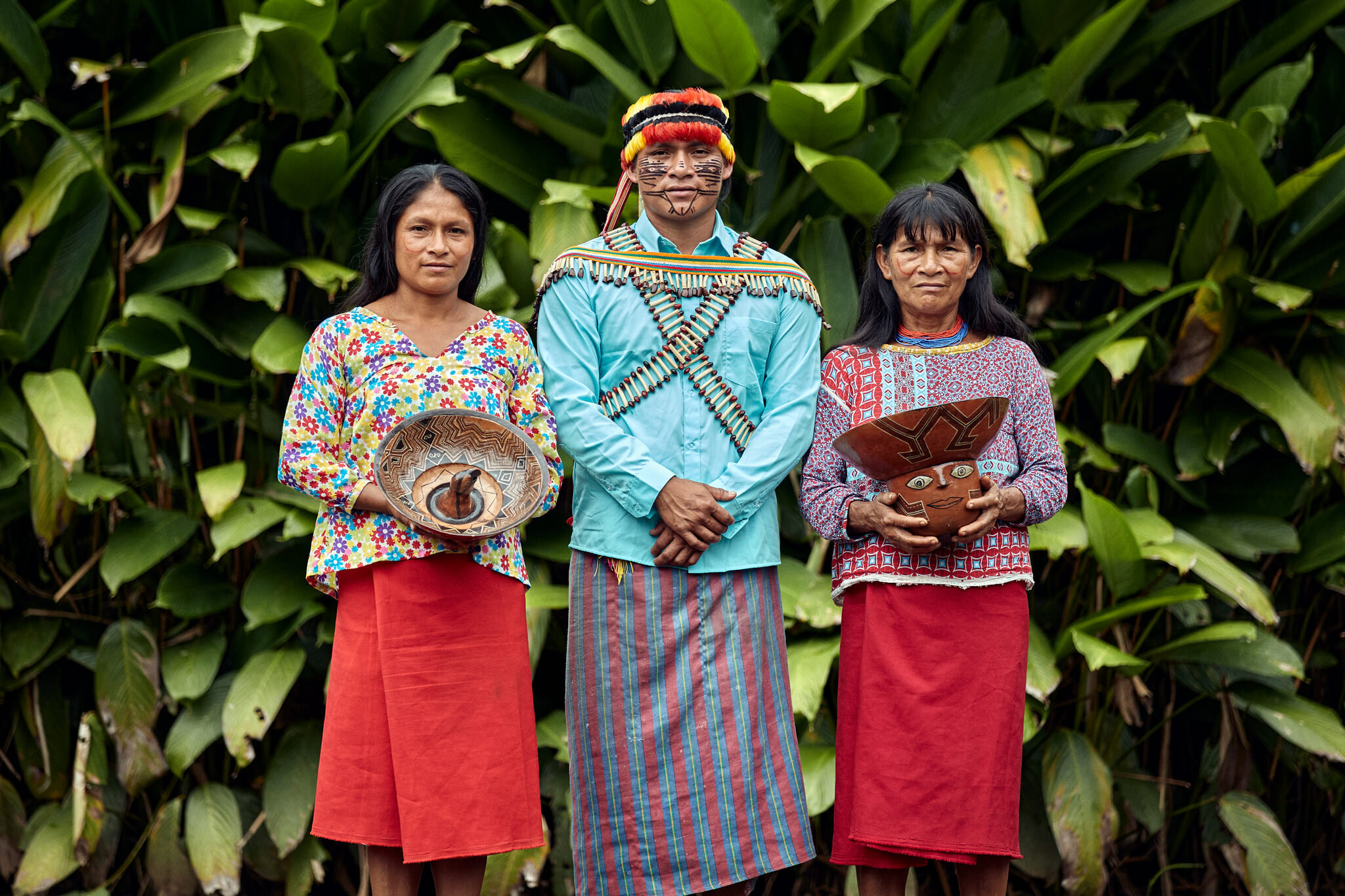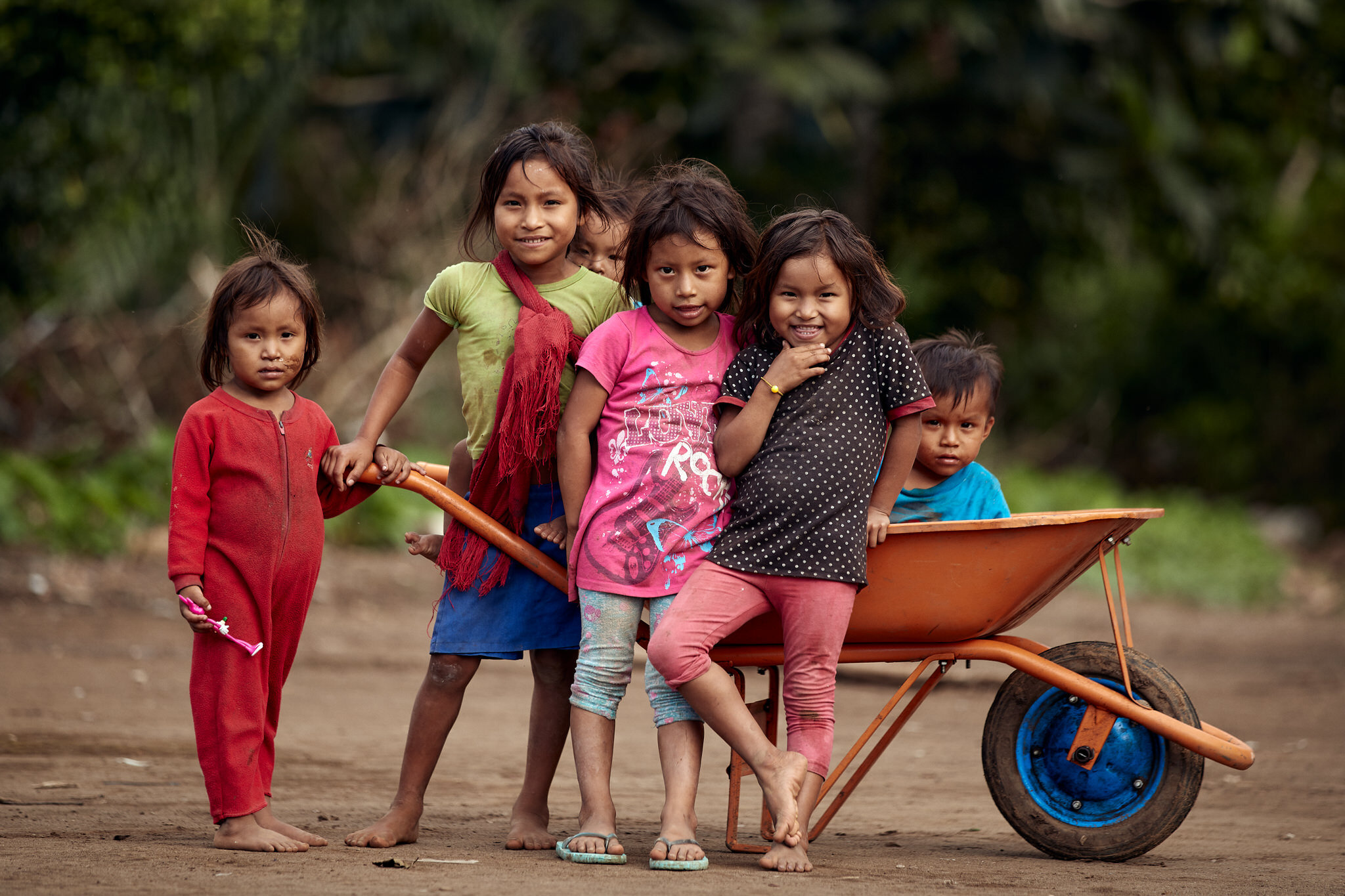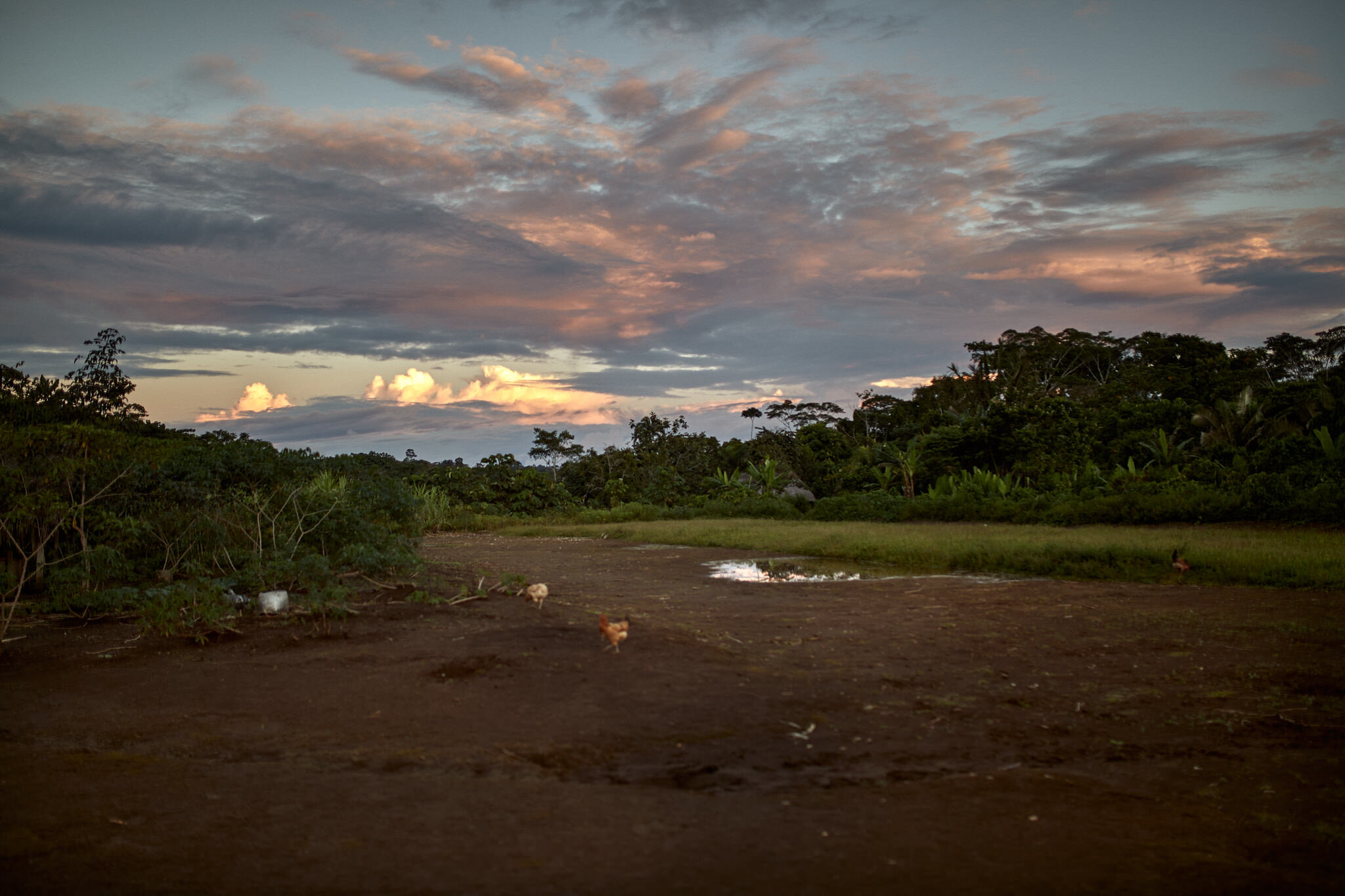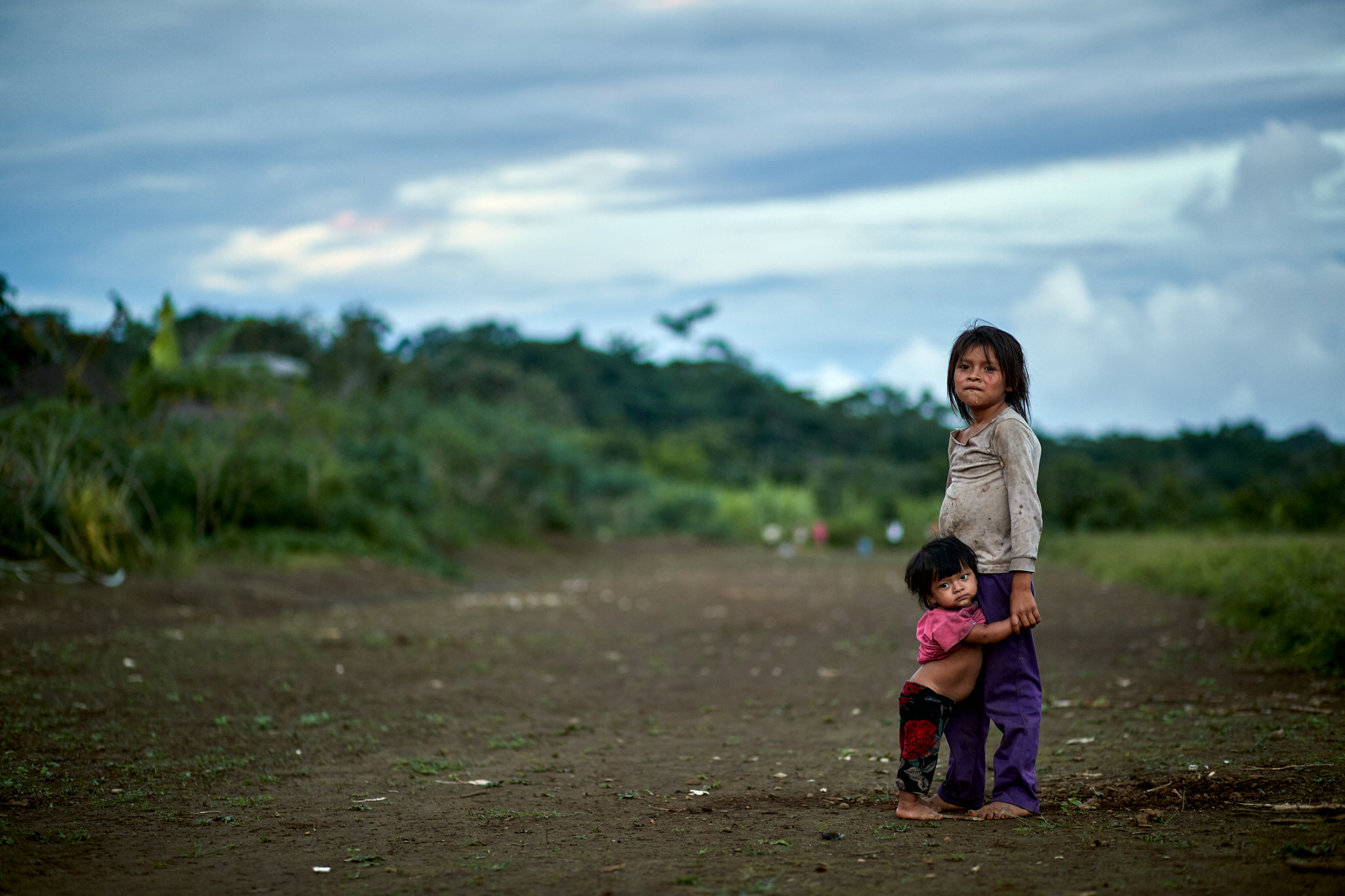Living with the Achuar // The dream people of the Amazon
The Journey into the depths of the Amazon forest began with a flight to Quito, the capital of Ecuador, followed by a 2-day drive to the small town of Sheil which has a small airport located just on the outskirts of the Amazon forest. We boarded a tiny flimsy Cessna airplane and took off towards our destination to a small indigenous community set deep within the Amazon. It was quite a shaky flight and after going through the various horrible scenarios that my mind presented me, I was finally able to relax and take some time to look down into the dense forest below us. The deeper we flew into the jungle the signs of humanity became few and far between until finally there was no sign of modern society, just an endless ocean of greenery. I passed the time looking down, trying to imagine what sort of mysterious things might live under the blanket of the evergreen trees. It's a spectacle like no other and reminded me of being in the middle of the ocean gazing on the water as far as the eye could see. From time to time a lonely wooden hut would pop out of a small clearing in the woods and my imagination would go wild wondering who lived in that cabin hundreds of miles from any living human. Such an exciting yet terrifying thought.
The Amazon forest is big. Placed on top of a map, the Amazon forest covers almost half of the United States. In numbers, it is about 8 million square kilometers and although it covers close to 40 percent of the entire state of Ecuador, its territory within Ecuador’s borders contains only about 2 percent of the entirety of the forest. More importantly, the Amazon forest houses close to 30 million people who call it their home. Some of the communities we know of, and some of them to this day (and rightly so) manage to hide from the prying eyes of modern society. During our flight Lorena, my fixer turned my gaze to a few large trees that occasionally stood much taller above all the other trees. In admiration, she told me that “The tribes believe that these trees are inhabited by Arotam. The most important and powerful spirit in the forest. For these tribes, these are the holiest of all trees". After 4 hours of the bounciest flight of my life, the plane finally began to descend. Through the trees, I could make out a short landing strip that crossed through a small village of the Vayosense community. Vayosense is one of 86 communities that are inhabited by the Achuar tribe also known as the "Dream People of the Amazon".
It is vital to understand that the tribes living in the Amazon have lived there for hundreds of thousands of years. There are still tribes we have not yet discovered. The Achuar community which we came to document is just one out of 6000 other small communities located around the borders of Ecuador and Peru. The communities are structured in a way that is reminiscent of a small village. Usually, there will be a very large open community center, a healer's hut (the Shaman’s residence), and a school. The huts are built from wood and the roofs are covered with weather-sealed leaves, strengthened by years of soot from the constant fires that burn within the hut.
In some communities, a landing strip will be laid right across the center of the community. These landing strips are used to bring in supplies, visitors, and as a gate to the outside world for those who choose to venture out and leave the communities. As soon as we got off the plane, the tribe members accompanied us to the community center and there we were greeted by the leaders who explained the purpose of our arrival. During the formal greeting, I noticed older women walking around with decorated clay bowls containing an unidentified yellow liquid called Chicha. The women continuously walked around the sitting men and offered the clay bowls for them to drink from. The drink, which tastes like some sort of stale sour milk containing low amounts of alcohol, is constantly consumed by the different communities around the Amazon including many other societies throughout South America. It is common for these communities to greet their guests by offering Chica. We were then approached by the clay-bearing women and were offered to drink as a part of their welcoming ritual. The entirety of the group each took a small symbolic touch of the lips but since I’m all up for experiencing new things and cultures I went ahead and took a big gulp which I then immediately regretted. That regret intensified greatly the moment I learned how the Chica is prepared (but more on that later).
The blowpipe is a ranged weapon that shoots light darts. The Achuar still use it to this day to hunt for small birds and other critters.
Smarter game such as monkeys who learned to pull the arrows out, requires darts covered in poison which is extracted from frogs found in the forest.
After we were welcomed and introduced to the rest of the community we were taken to our own huts located by a small serene waterfall. A row of beds was laid across the cabin. Each bed had a basic mattress and a net to ward off any pesky mosquitos and other terrifying insects such as the bullet ant. The bullet ant is enormous and got its name from its painful sting that feels like a bullet piercing through the body. It is considered the living creature with the most painful sting in the world. We were highly advised to stay on the trails, not to touch any plants or trees, and certainly, avoid interacting with any sort of insects or animals. The Amazon Forest is a very hostile place and more than once, members of the expedition found unidentified creatures walking on us or in our belongings. Either way, the bites did not go unnoticed by any of the team members and each of us turned into an impressive collage of different and weird bites by the end of the project.
The only refuge from being bitten could be found beneath our mosquito nets and sleeping throughout the night was an extraordinary experience. At night the jungle truly came to life and produced impressive and intense noises of which I have never heard before. Birds, distant animals, special crickets, and indistinct noises made for a beautiful sleep that I had never experienced before or after my departure. When you get to areas like that you feel so disconnected and so far away from anything, but at night, after darkness falls you realize that you are not really alone, and around you, life is going on as it has been for millions of years. To this day when I go to sleep, I sometimes put jungle noises in the background, for the memories.
Every day after breakfast, the expedition researchers would set out to interview the families of the community. Their goal was to collect stories that have been passed down throughout the generations, build family trees, and document the community’s history. Meanwhile, my role would be to wander the community and document the daily lives of tribe members. I wandered around the village looking for little stories I could document: Women tending to their gardens, men weaving baskets, and children who spent their days performing chores or playing with their younger siblings freeing their parents enough to do their necessary work around the house.
The Achuar men are the ones who normally weave the baskets from materials provided by the jungle.
Since our translator spent a lot of time with the expedition members, the conversation between me and the people of the community was usually a small exchange of smiles and hand gestures that translated to whether or not I could photograph them. Everywhere I go it's always fun to see children run shyly away from the camera just to chase me during my last day of the expedition so I can take more pictures of them. During one of my walks, I accidentally stumbled on the process of how the chicha drink was made. The same alcoholic drink which I happily gulped within minutes after my arrival to the community. The thing is, even though I knew it was alcoholic, I didn’t question how the alcohol was produced. A young girl with a basket on her back smiled towards me and invited me to see how she washes the yucca plant, a South American potato variety that is used for cooking and, among other things, making Chica. Imagine how surprised I was to see that after the women of the tribe crush the yucca plant inside a pot, their next step is putting the mashed yucca inside their mouths, chewing, and then spitting it back into the pot as they stirred it. After the mush is “spat” and ready, they seal it in containers and leave it out in the sun to ferment. The enzymes in our saliva are what make the alcohol. The next time they offered me the drink, I took a tiny sip.
The Yucca plant is a great resource for both making food & Chica
The Achuar got their nickname “The Dream People of the Amazon” from their strong beliefs that dreams hold hidden knowledge and guidance. Their entire lifestyle revolves around dream interpretation which they practice through a daily ceremony that takes place each day before dawn. Around 3 am - 4 am each family gathers in their hut and brews a special tea made of the Wayusa leaf which holds a great deal of caffeine. Each member of the family will then proceed to consume very large amounts of the tea to the point where they will need to step out of the hut in order to throw up. This is done to clean their bowels, and as unpleasant as it sounds, they do this every single day. Afterward, they return to the hut and each member of the family then shares the dream they had that night. These dreams are then interpreted by the adult members of the family who are skilled in the art of dream interpretation, after having practiced their whole lives. The dream interpretation will then guide and determine each family member’s activities and duties that day. Whether it be hunting, fishing, attending the garden, or teaching the younger generation useful skills, no day goes to waste when it comes to fulfilling their destiny. Children also take part in the ceremony in order to learn how to interpret dreams correctly. If a family member has a dream that cannot be interpreted he or she will spend the day talking to other members of the community in order to understand the meaning of that dream. If a meaning still cannot be found, they will then head to the community's shaman for his advice.
I participated in the ceremony twice, once when I arrived and another before I departed the community. Although I was fascinated by the dream interpretation part of the ceremony, I wasn’t a big fan of the throwing up part, and during the 2nd ceremony I ended up accidentally throwing up on one of the community leaders causing everybody to burst to laugh, obviously it was one of the most embarrassing moments of my life.
One day, the members of the community invited us to join them on a fishing expedition. Before leaving, the tribesmen made sure to paint themselves and us in a bright red color they sourced from the Guwasa plant. It was explained to us that they do this each time before setting out into the jungle in order to protect themselves from evil spirits. We boarded a wooden kayak and started sailing up the river. After about a 20 minute trip up the river, we got off the kayak and were reminded again to stay on the paths and avoid touching any tree or plant to avoid insect bites. The fishing expedition included about 15 members of the tribe, including children and two babies. It is amusing to think how calm the women who joined the fishing trip were since any Western mother would be shocked at the thought of taking a toddler to such a hostile environment.
We were split into 2 groups, the researchers joined a group that consisted of several men, women, and children while I was sent with a guy armed with a shotgun and a sharp machete. We walked through the forest for about 20 minutes in heavy rain. Within a minute, I lost all sense of direction. The forest is so tangled and dense, there were no paths, no markings, even the sky was hidden above the thick green canopy of trees. My guide paved his way with the machete in full confidence and without hesitation while I cautiously followed his footsteps trying to avoid touching any unruly plant that came in my way. After all, it was only a day earlier that I caught a bullet ant crawling on my shirt.
At the end of our short journey, my guide and I reached a hidden river when suddenly out of nowhere an adult man and his two children came out of the shrub carrying big weaved baskets with the white roots of the Barbaresco plant. The men then placed the roots on the ground and using big branches they found in the trail, started pounding the roots as hard as they could. Once the roots became mush the father of the two boys gathered the roots back into the basket and walked down into the river to submerge the basket.
A white liquid filled the water and was washing down the stream. We then started walking down the river and about 10 minutes later my guide pointed out for me to keep my eyes on the water. Small fish were beginning to float on the surface. The white liquid was either killing or paralyzing the fish. We kept walking down the river until we reconnected with the 2nd group and while we were busy handling the fish up the river, the other group built a makeshift dam. Lorena the translator who was with the second group explained that the Barbaresco plant contains a natural muscle relaxer that causes them to drown. All the second group needed to do was just wait for the current of the river to carry all the fish to the dam for easy picking. Lorena explained that they will use this method once every couple of weeks so they don’t unravel the delicate balance of the river. It was an incredible experience being there not only witnessing the work of ancient natural knowledge being practiced but also seeing how important it was for them to keep the river sustainable. In the end, although 6 large baskets were brought, barely any fish were caught. The people of the community were laughing nervously and started arguing in a friendly manner. Lorena explained that they suspect someone had sex the night before the fishing expedition resulting in “bad luck”. She elaborated and said that sex is forbidden before important days and events.
Teaching essential survival skills starts at a very young age.
Upon returning to the village one of the women introduced me to their family garden. Each family has its own garden and is the sole responsibility of the woman of the household. But the garden has a number of significant roles for the Achuar women. For them, the garden is a place they come to in order to express their feelings and relieve stress. In their culture, expressing emotions in public is not acceptable and women use their sacred garden as a place of refuge where they can vent, mourn, cry, get angry, or release restrained emotions. A family garden is a sacred place for the tribe as it not only provides food which is necessary for life itself, but the garden is the place where life is born. There, and only there the women of the tribe give birth to their children. When a woman goes into labor for the first time in her life she will be accompanied by her mother who will teach her how to deliver a newborn. After that, women will go through all future labor and births completely alone for the rest of their lives. The umbilical cord, they will cut themselves with a special sharp plant. From the garden, they will emerge back to the community carrying a new life in their hands.
The astonishing thing about their way of life is the connection between the people of the tribe and nature. Their whole world is the forest. It is their home, the source of the food, the pharmacy, and their spiritual guide. Although they live off the forest’s resources, they are also its greatest protectors. The forest is sacred to them not only because that is where their gods live, but it is also sacred to them because, without the forest, any trace of their culture and history will become extinct. This is a very romantic thought but also very sad considering that the same forest is in real danger from the timber and oil companies against which the tribe members are constantly fighting against. Unfortunately, in quite a few cases, they lose the battle.
A community meeting is called by using a horn that is heard throughout the entire community and signals the opening of the gathering.
During my work, I get to visit many wonderful places around the world, meet special people and live briefly with extraordinary communities. But without a doubt, the two weeks I spent with the Achuar tribe were for me, one of the most meaningful experiences as a photographer and as a human. These are people who live in a very simple way, but at the same time, they have so much knowledge and understanding that the Western world has lost touch with. It is sad to know that one of the biggest threats to tribal life comes not only from the outside world but from within. The emigration of the younger generation to the cities in hopes for a better life leads to the slow but sure disappearance of a culture that has lasted for thousands of years. The thought that one day, all the stories, knowledge, and history of these cultures will disappear is a tragedy. Such cultures are the most direct connection we have to our past as a human race. We are all familiar with the saying "If you don't know where you've come from, you don't know where you're going" Human progress may never stop, but there is so much we can learn from these tribes to understand how to progress sustainably and responsibly to protect our planet and ourselves.
The day we left, the members of the community came to say goodbye to us. They gave the members of the expedition handmade gifts such as earrings and necklaces and wished us good luck for the rest of the journey. It was a very emotional moment. Usually in projects such as these, there is always a slightly strange feeling. A kind of farewell mixed with sadness. Leaving such an authentic and special place is always accompanied by distress. I experienced this several times during projects I have done in the past but this time it was heavier than usual. Without a doubt, the Achuar people are the most special and fascinating people I have ever had the chance to document.
"Keep an eye for the big trees, those are the ones that Arutam, the god of the forest, lives in".
I took the photos as part of a project called "Tribal Quest" - a voluntary initiative of the Israeli company MyHeritage aiming to document the family history of endangered cultures of tribes around the world. These tribes have no access to technology, so the conservation project is for them and their future generations to not lose touch with their history. We were a team of six people, documenting the family history of the tribe, and hearing the most extraordinary stories, and witnessing ceremonies and activities that have only passed by word of mouth to this day.
A few days prior to our departure I took part in an Ayahuasca ceremony. For those who do not know what Ayahuasca is, this ceremony deserves its own article. But one of the things it made me understand is that there is still ancient wisdom in the world whether it comes in the form of ceremonies or leveraging all of nature’s resources on a fishing expedition. Sadly it is all fading away into extinction. Progress is imminent, whether we like it or not, the old world is dying out, and we owe it to ourselves to document and learn as much as we can about the lives of those who are doing all they can to hold on to their culture and remain the same.
Refael, the Shaman, cut a piece of the sacred Caapi vine. The vine is used as one of the main ingredients for a soul searching ceremony called Ayahuasca.


